In 1515, Albrecht Dürer was a top celebrity—one of Europe’s most famous living artists with fans everywhere. He painted portraits, had commissions from princes, and ran a thriving business. Dürer, who lived in Nuremberg, owned a printing press and had agents all over Europe selling his prints. Dürer’s catalog included images depicting popular religious themes as well as sensational news items like comets, giant fish, and the birth of monstrosities.
Dürer’s famous image of a rhinoceros was a favorite for decades. It sold in multiple editions over a span of more than 100 years. Copies of the print were still being sold long after Dürer’s death in 1525. There were so many Dürer rhinoceros prints produced that most major art museums have a copy.
One of the things I love about the rhinoceros image is that Dürer never saw a rhinoceros at any point in his life. His image is based on a written description and a sketch from someone who saw the creature in Lisbon shortly after it arrived early in 1515. The rhinoceros had been sent from India as a gift to the court of Manuel I, King of Portugal.
Five centuries later. I’m a big fan of Flickr, a web site that lets people share images. One of the Flickr groups I enjoy monitoring is Ellis Nadler’s Masterpieces from Memory. Here, the game is to draw a famous painting or other work of art from what you remember from art history class without referring to the original. The results can be hilarious.
I’ve tried to recreate Picasso, Michalangelo, Hopper, Whistler, Wyeth, and others. Usually with appalling results. The rhinoceros print is my 22nd attempt at Dürer’s beast. I have a special fondness for this rhinoceros because my creature has Bette Davis eyes.

Dürer did something in his print that I admire and shamelessly imitate in my drawing. It is this. If you don’t know what a thing looks like but you want your audience to believe, sprinkle the surface with textures and patterns. Durer understood that it doesn’t matter if your surface is accurate as long as it is busy with detail. I think I enjoy redrawing the rhinoceros because it is so much fun to cover the beast with surface detail—bumps, ridges, swirls, and hairs. What fun.
Despite many anatomical inaccuracies, Dürer’s rhinoceros image was so confident looking that it was regarded as a true representation of the animal until well into the 19th century.
In 2013, one of Dürer’s rhinoceros prints was sold at auction for $866,500. Perhaps if you hang on to my rhinoceros image for 500 years, you’ll be able to make a similar profit. Good luck with that.
(The edition of Don’s rhinoceros prints sold out, so it’s now on the way to becoming a rare collectible...or not.)
Don


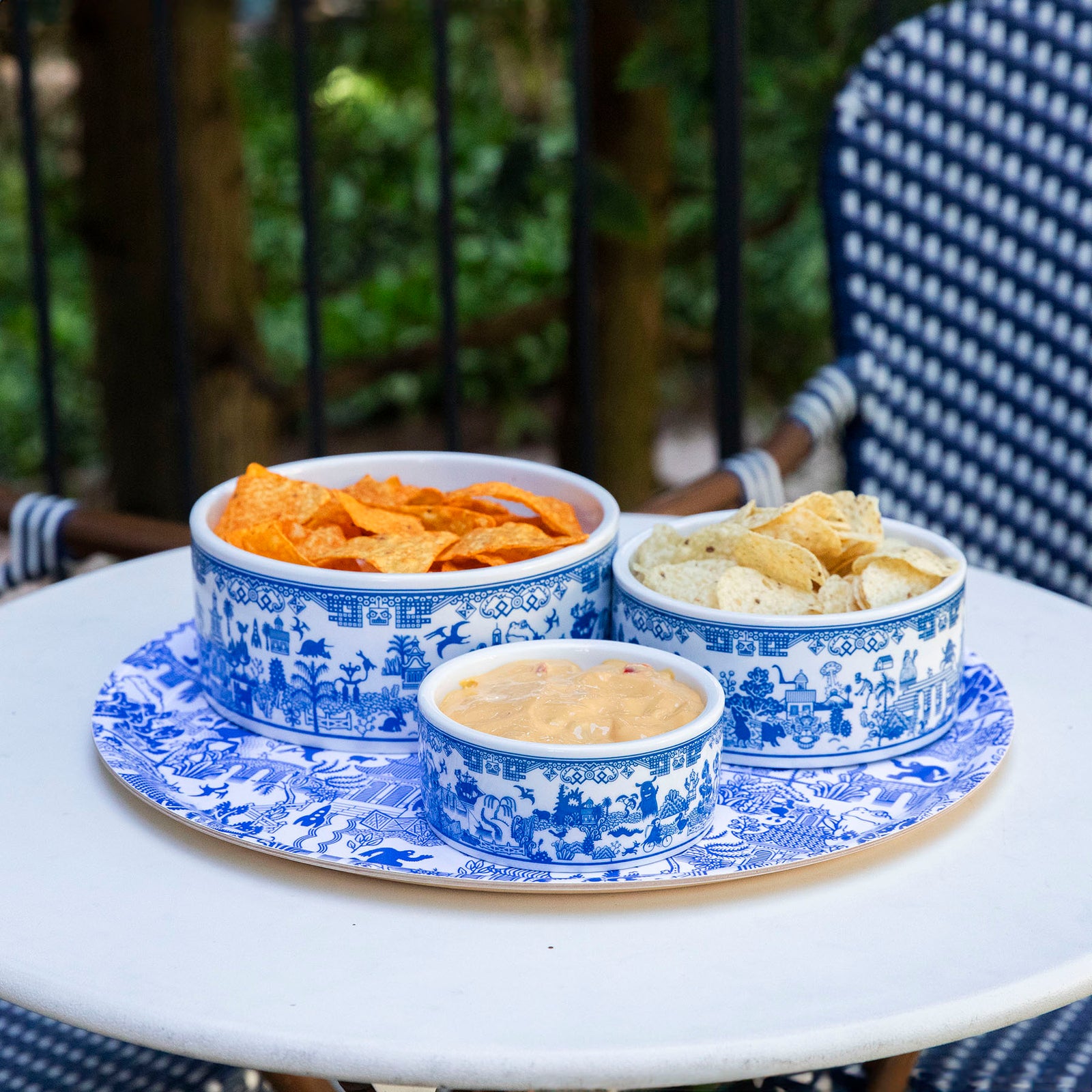




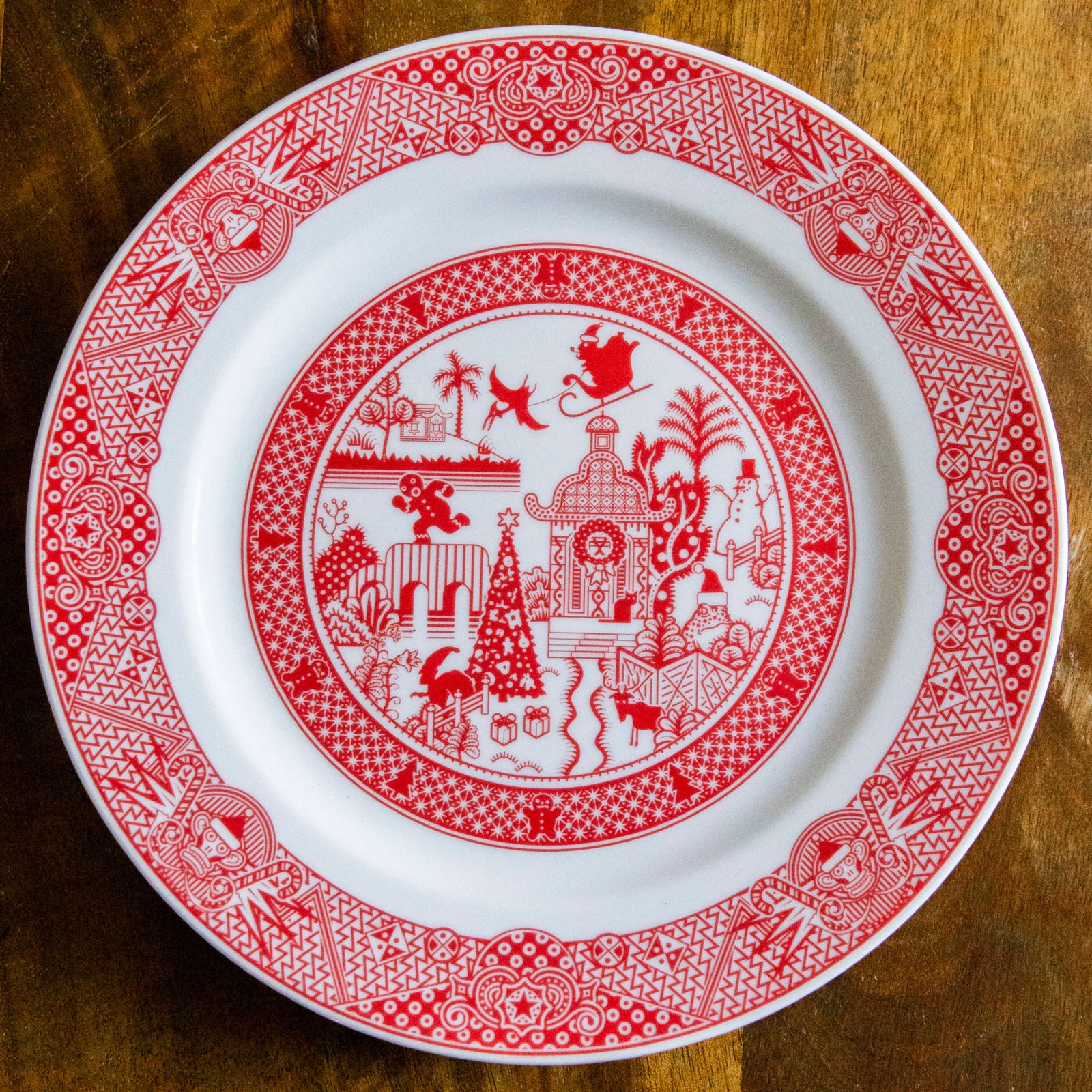
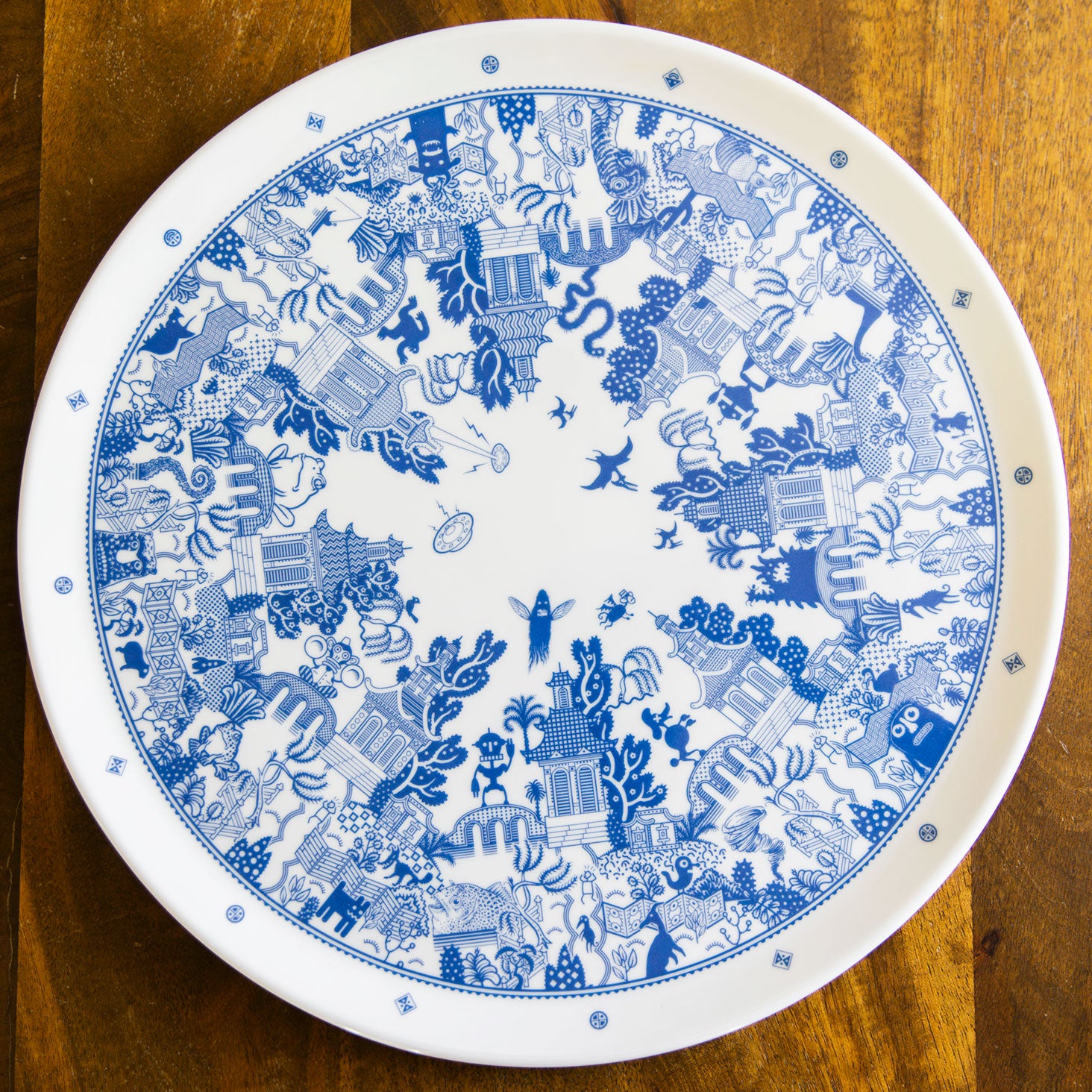
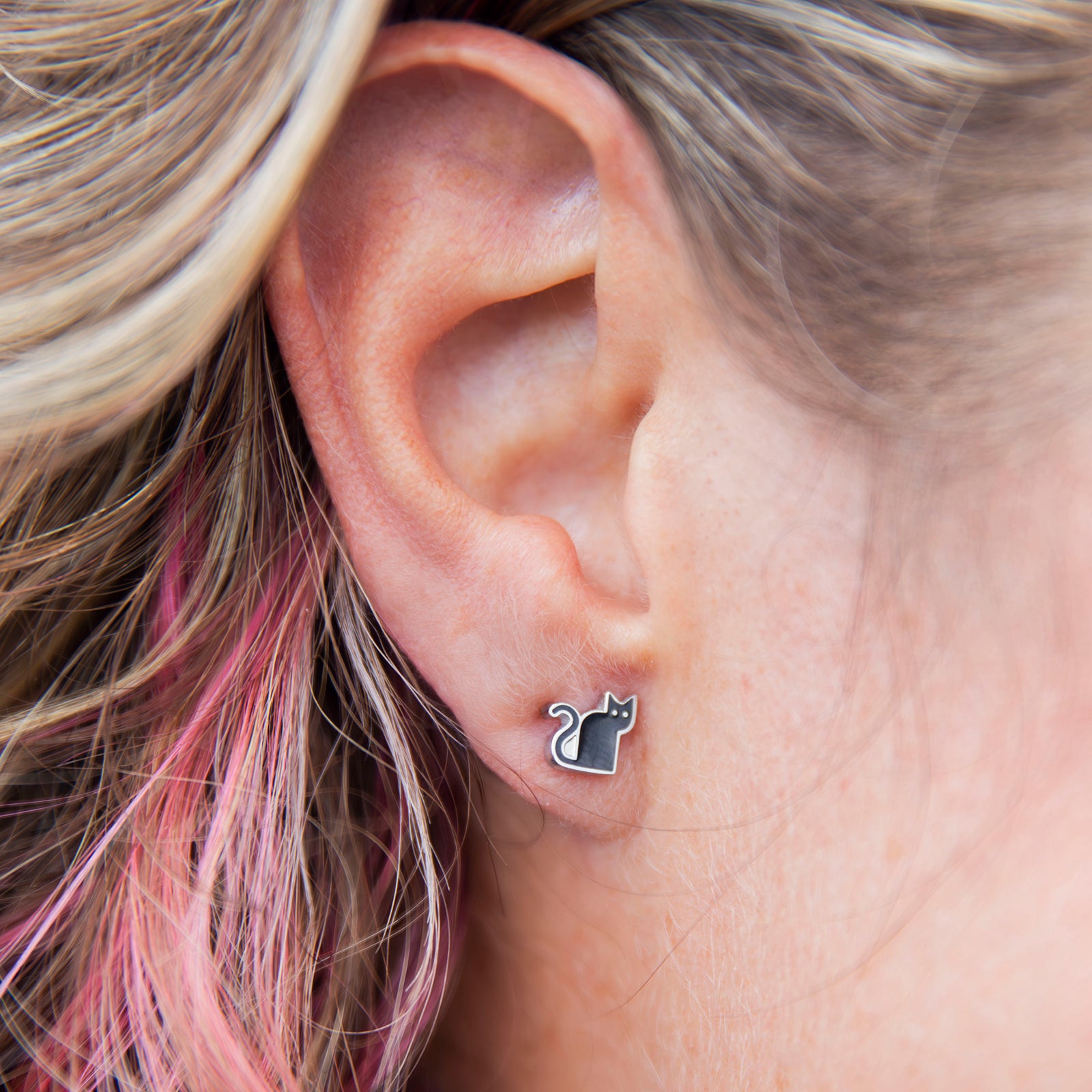

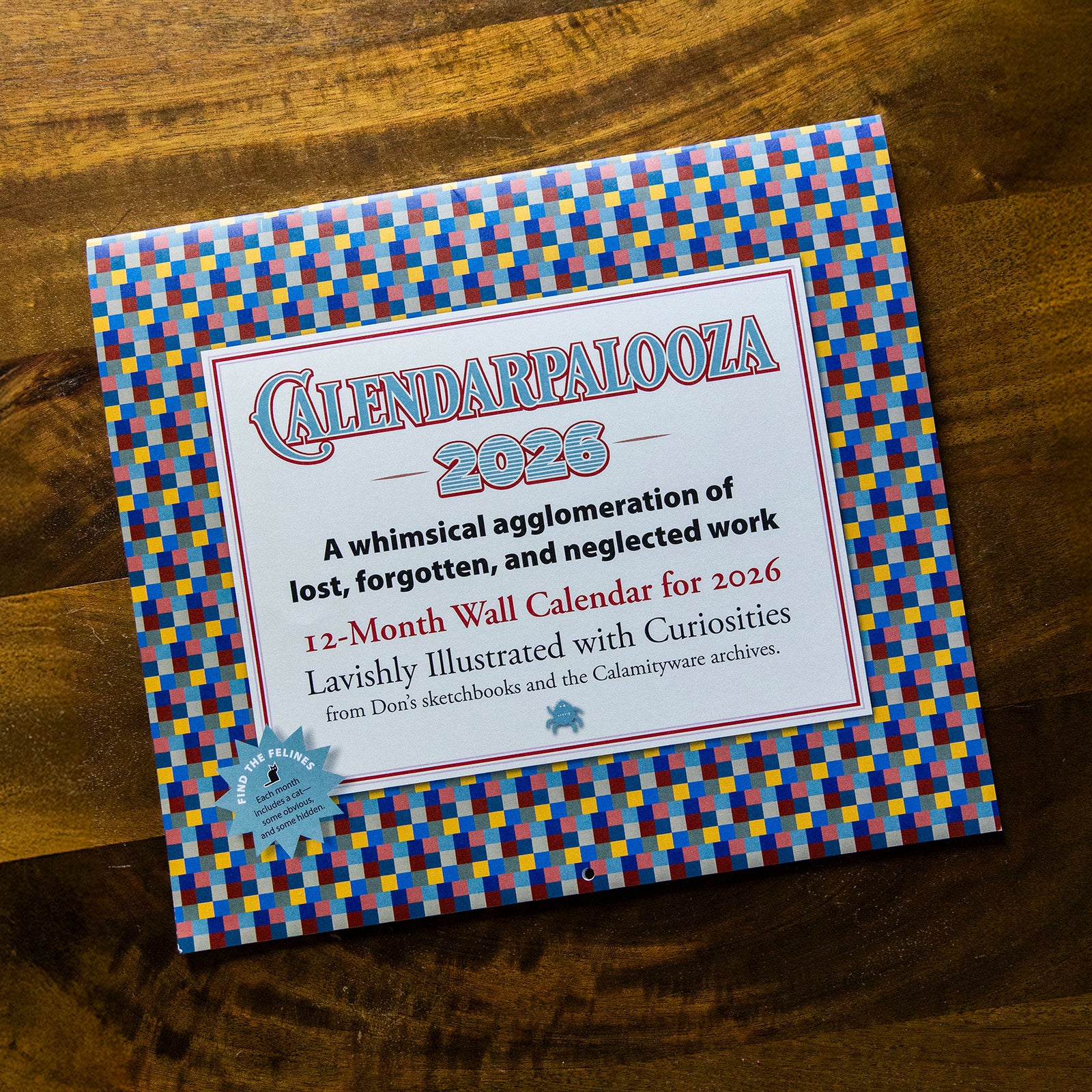
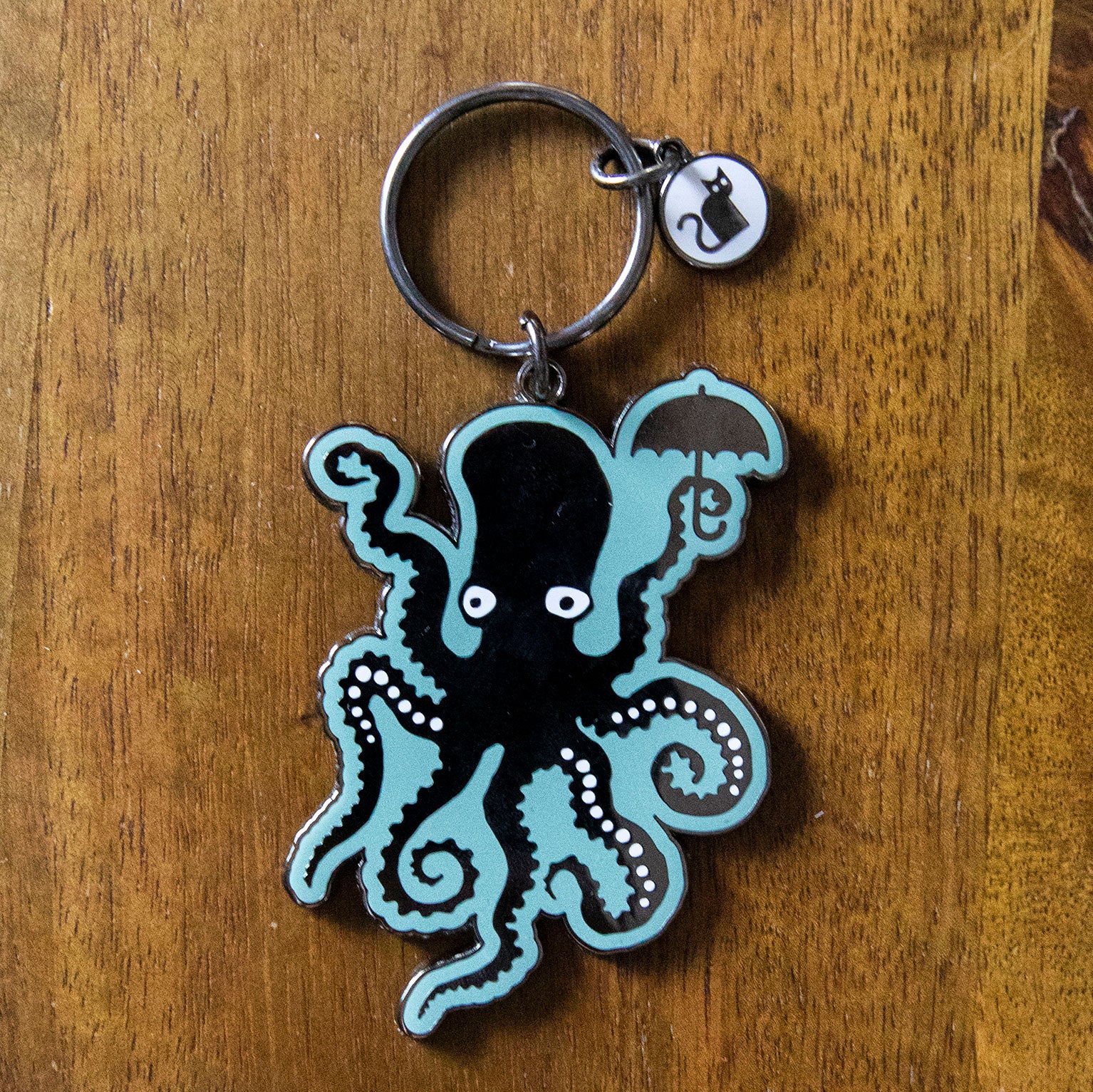
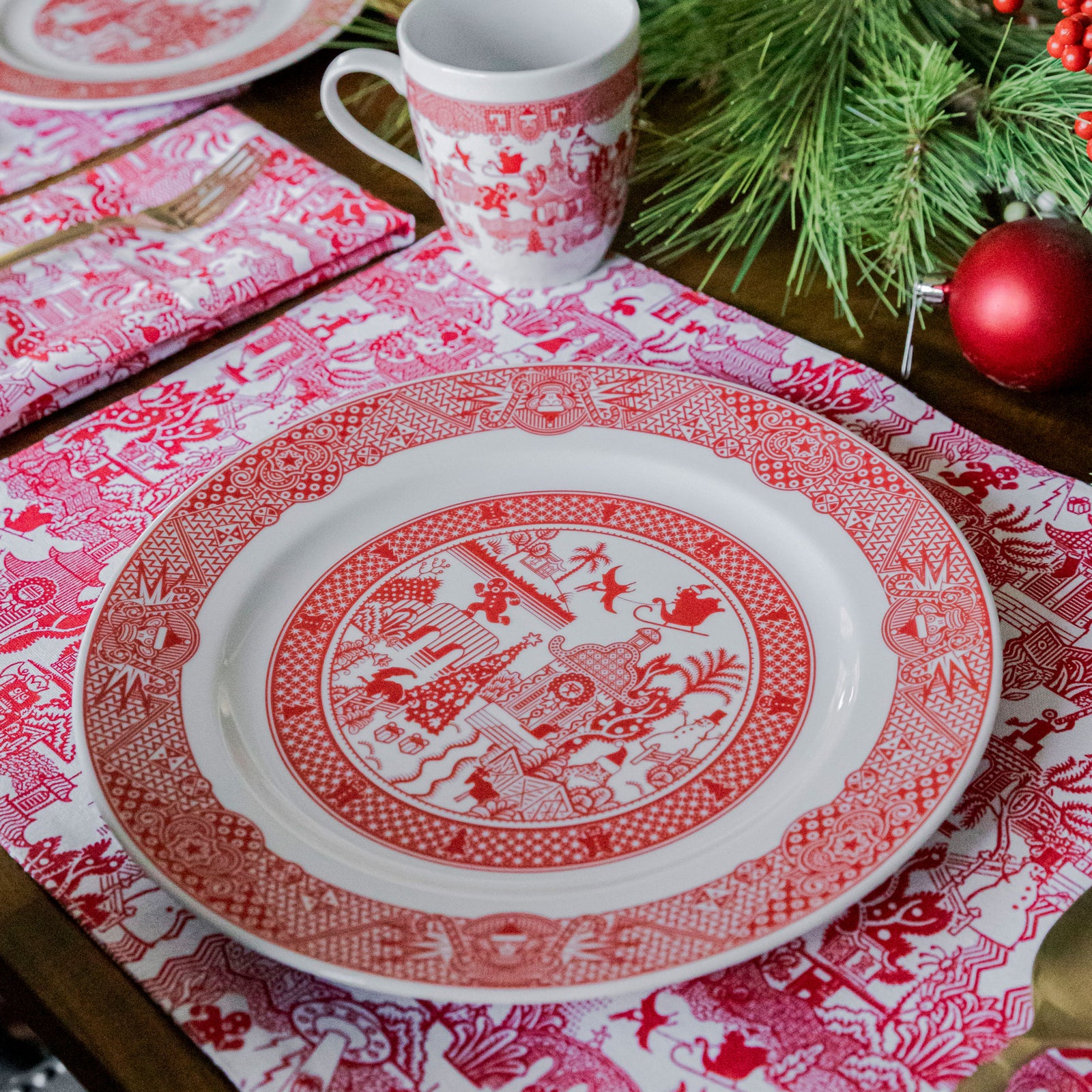

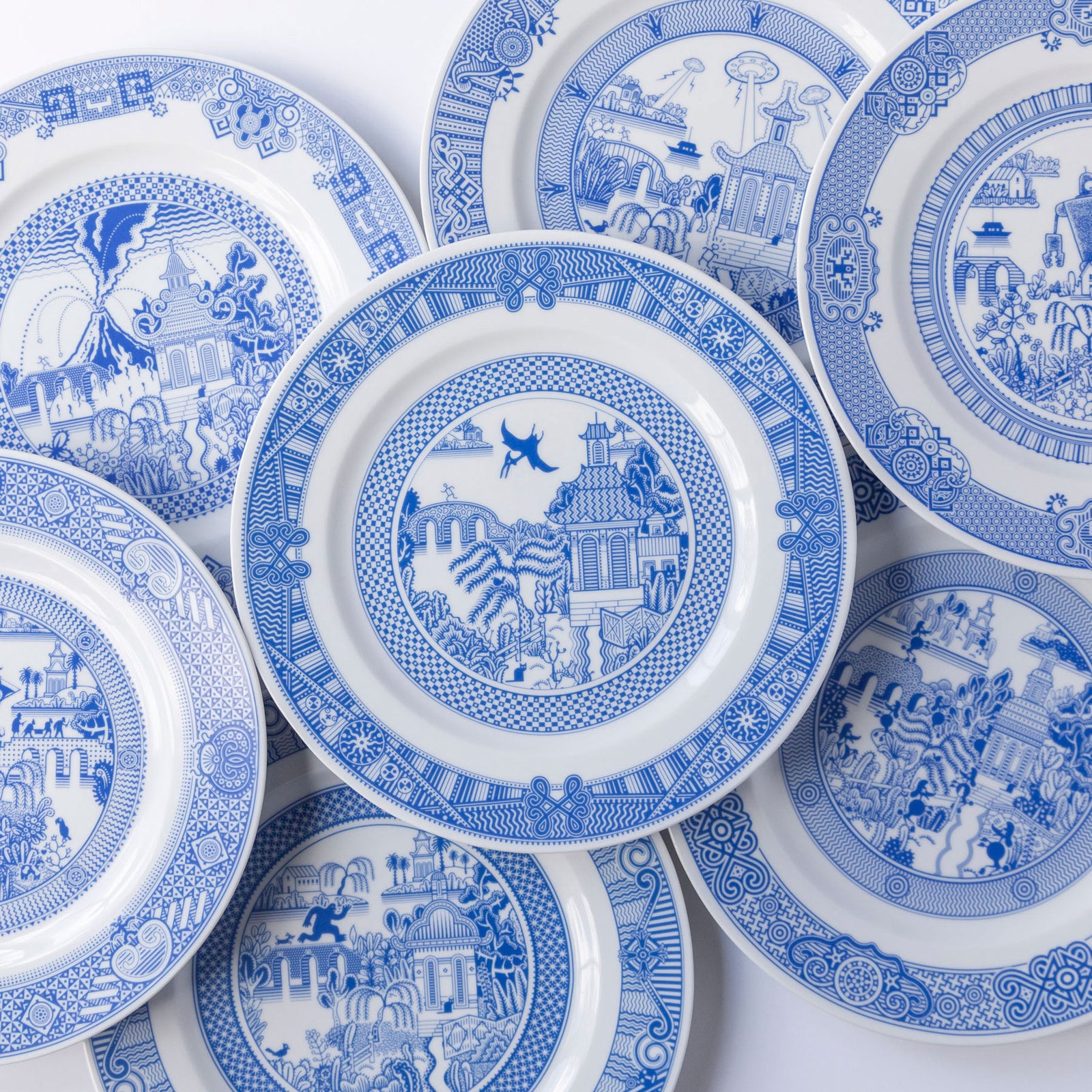
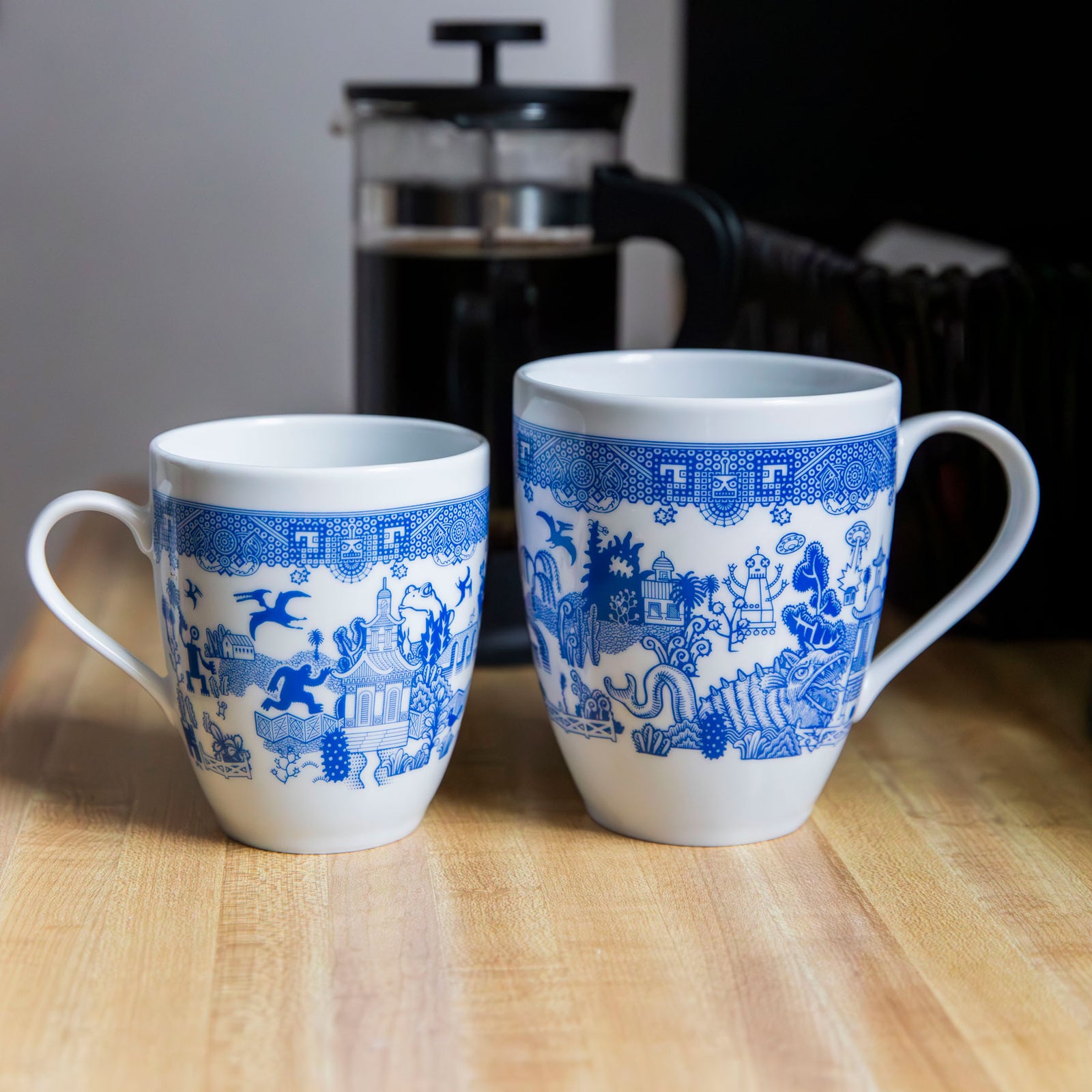
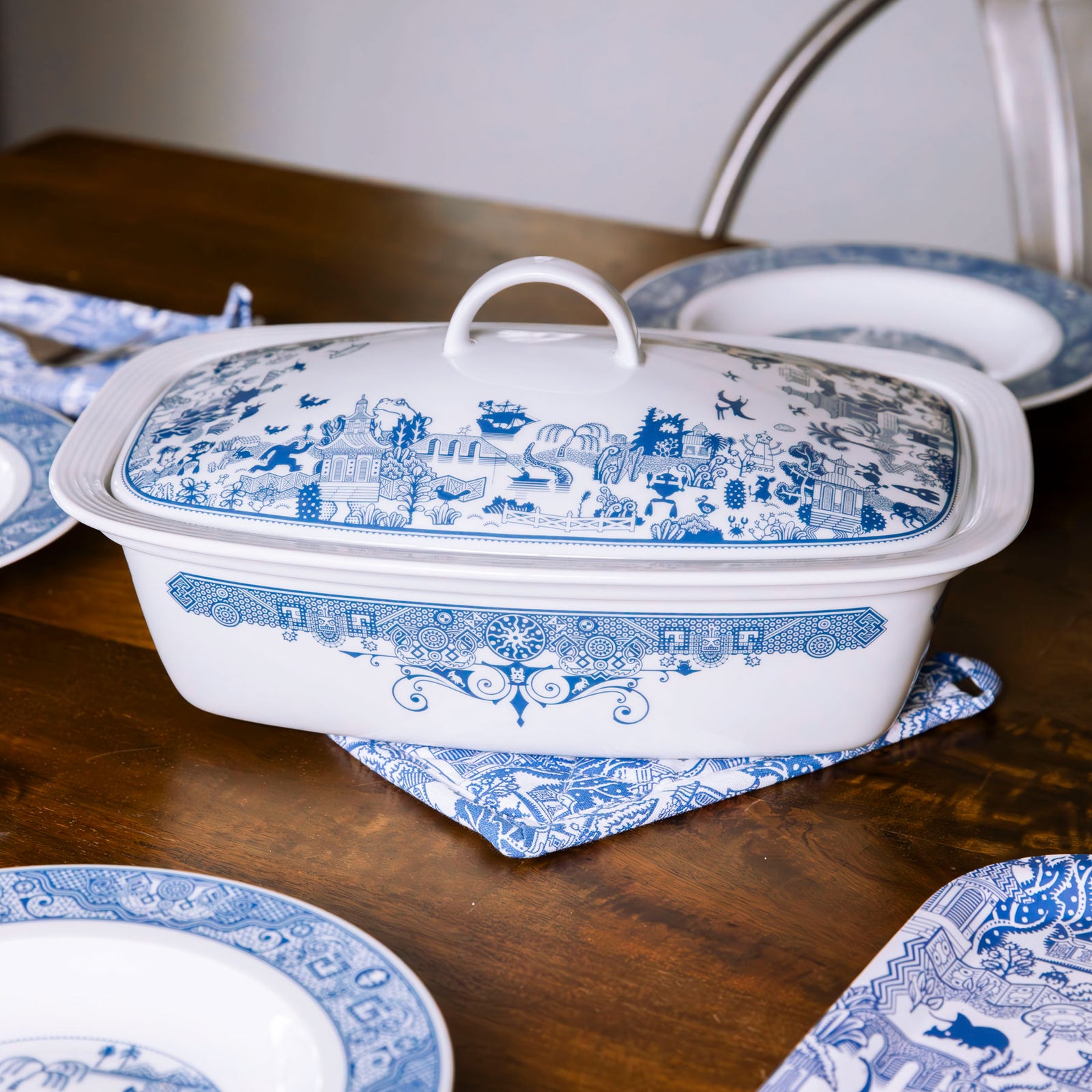
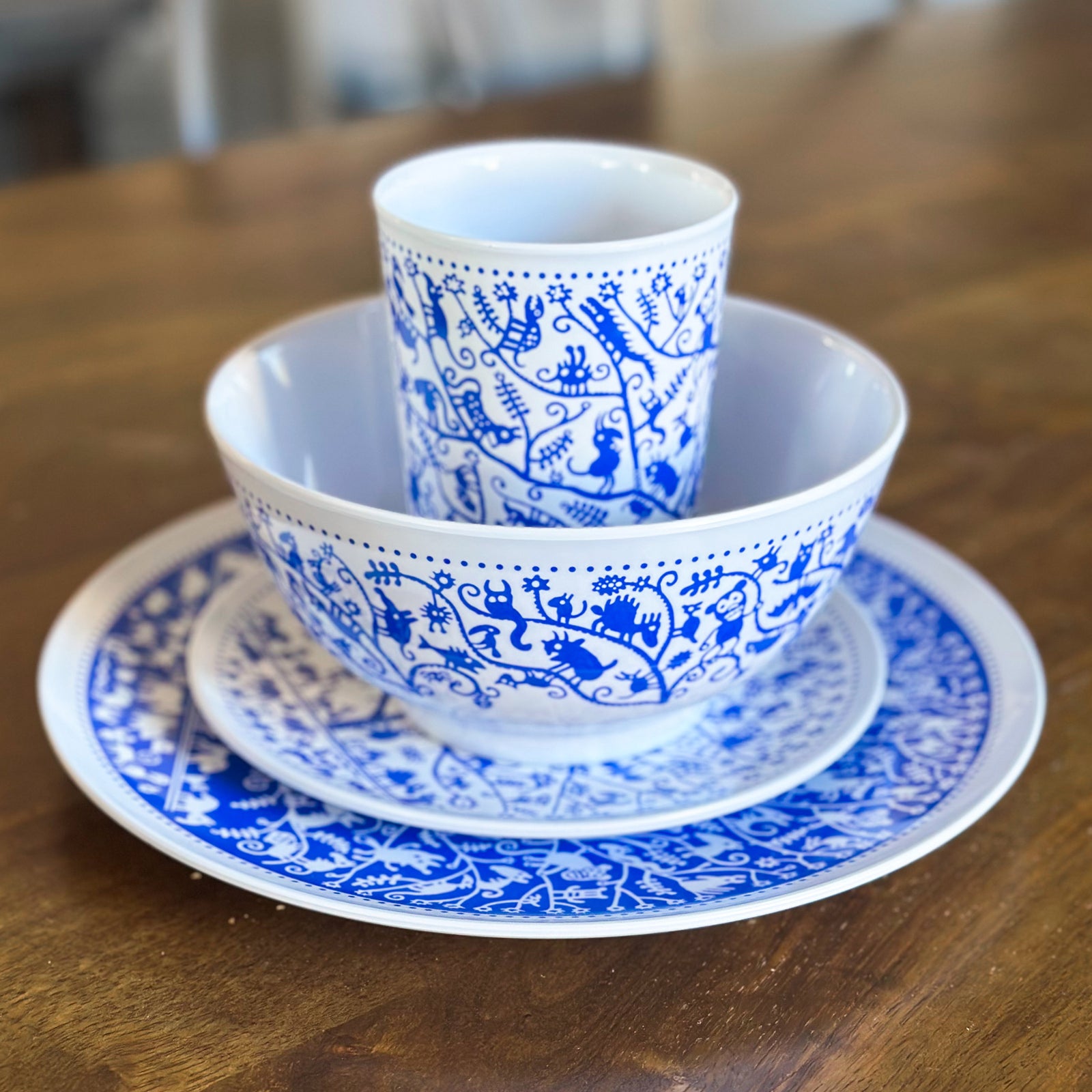
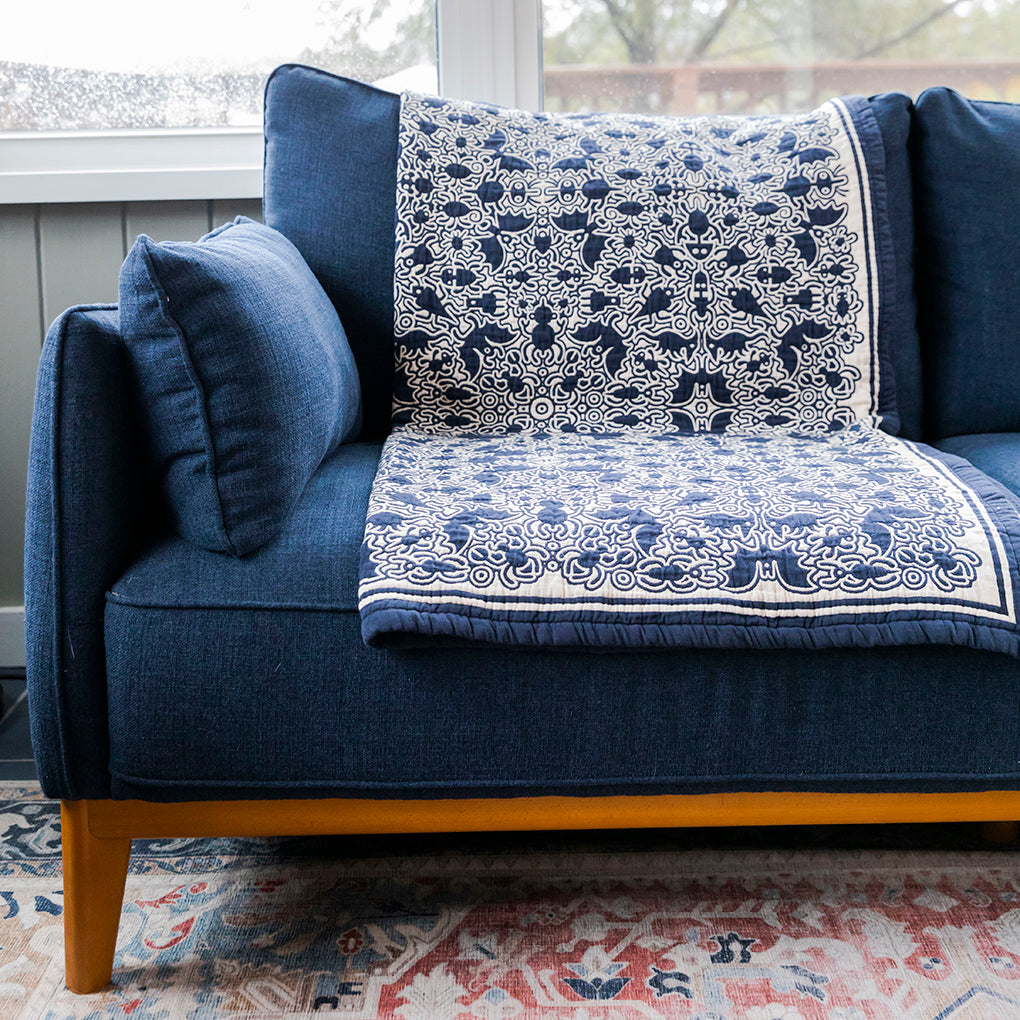
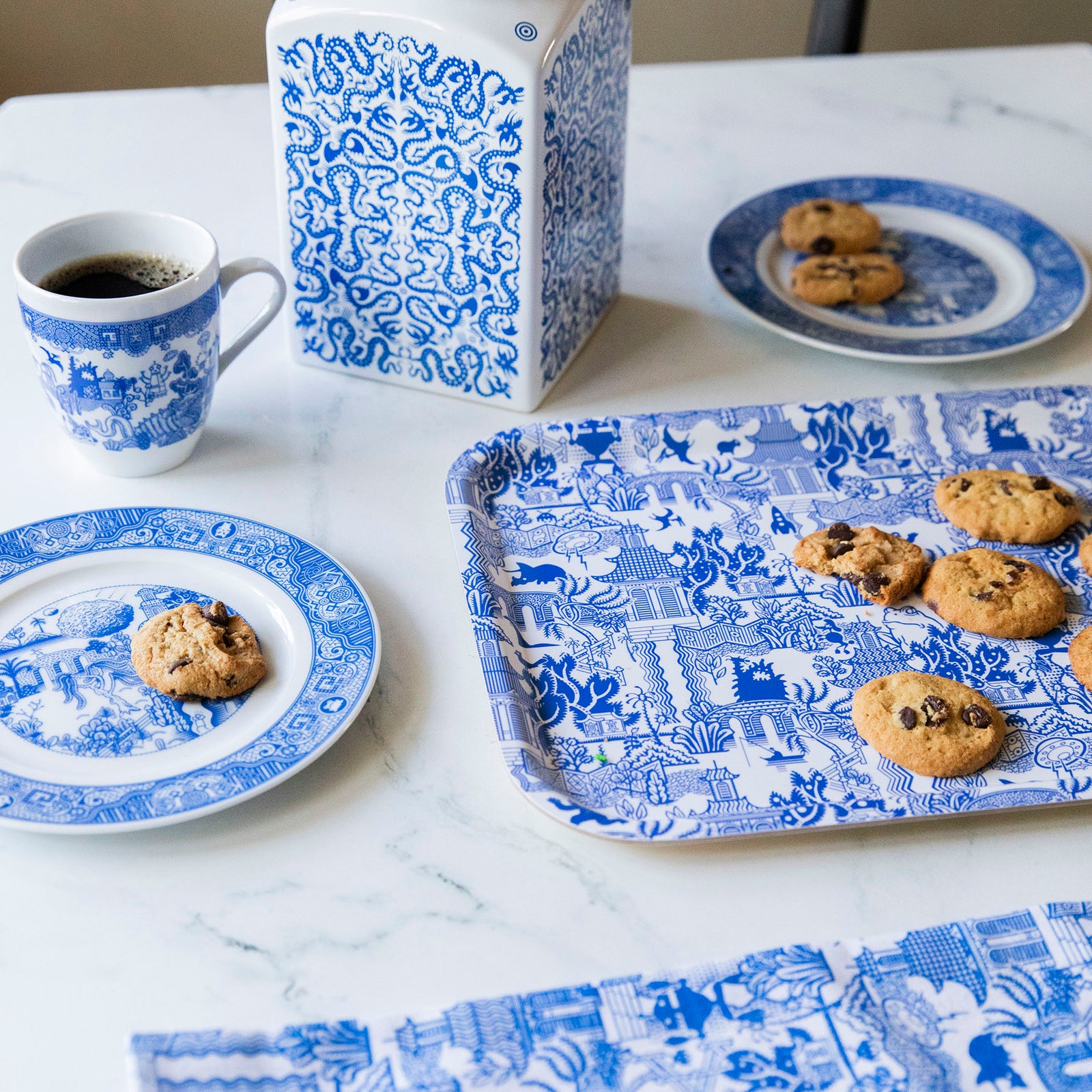
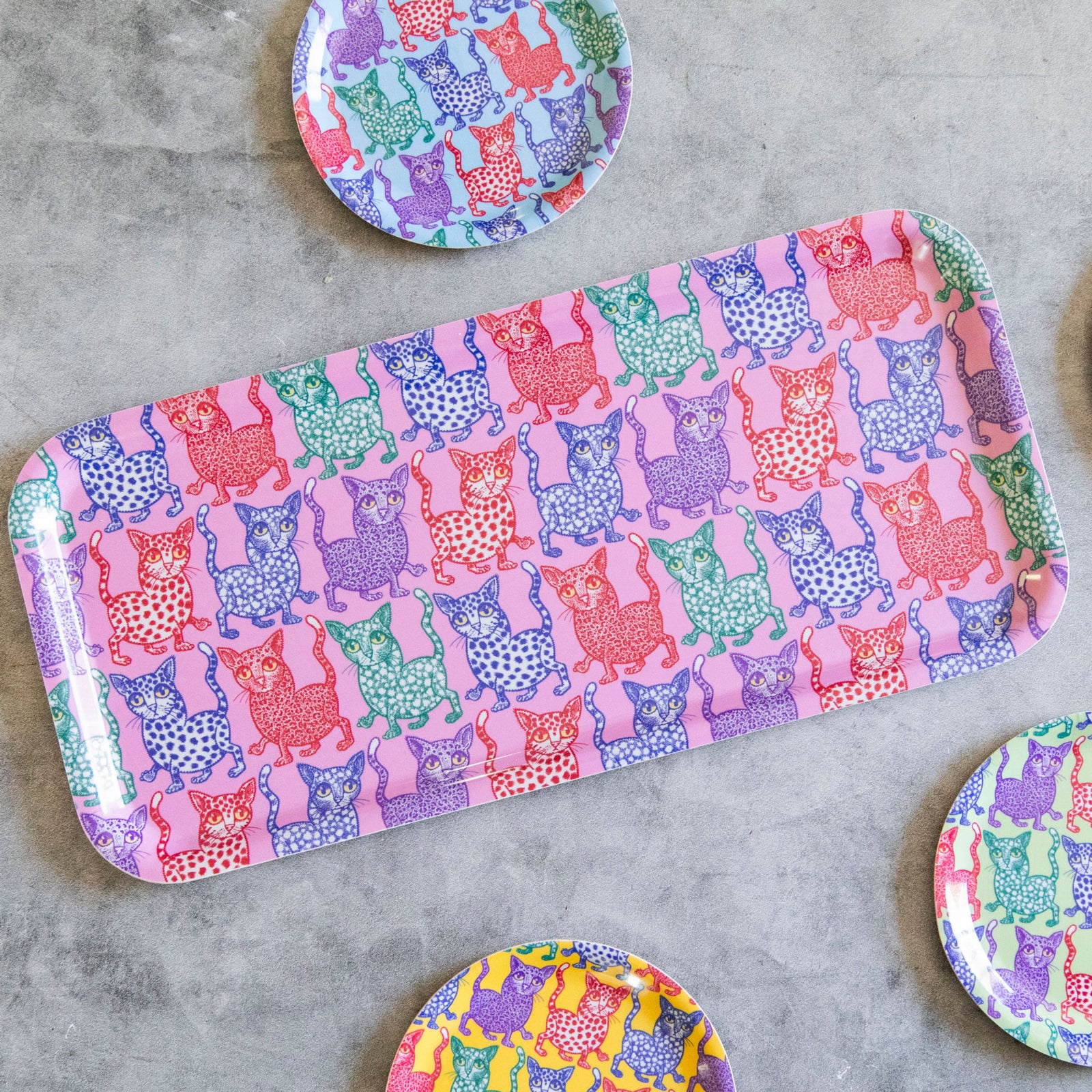
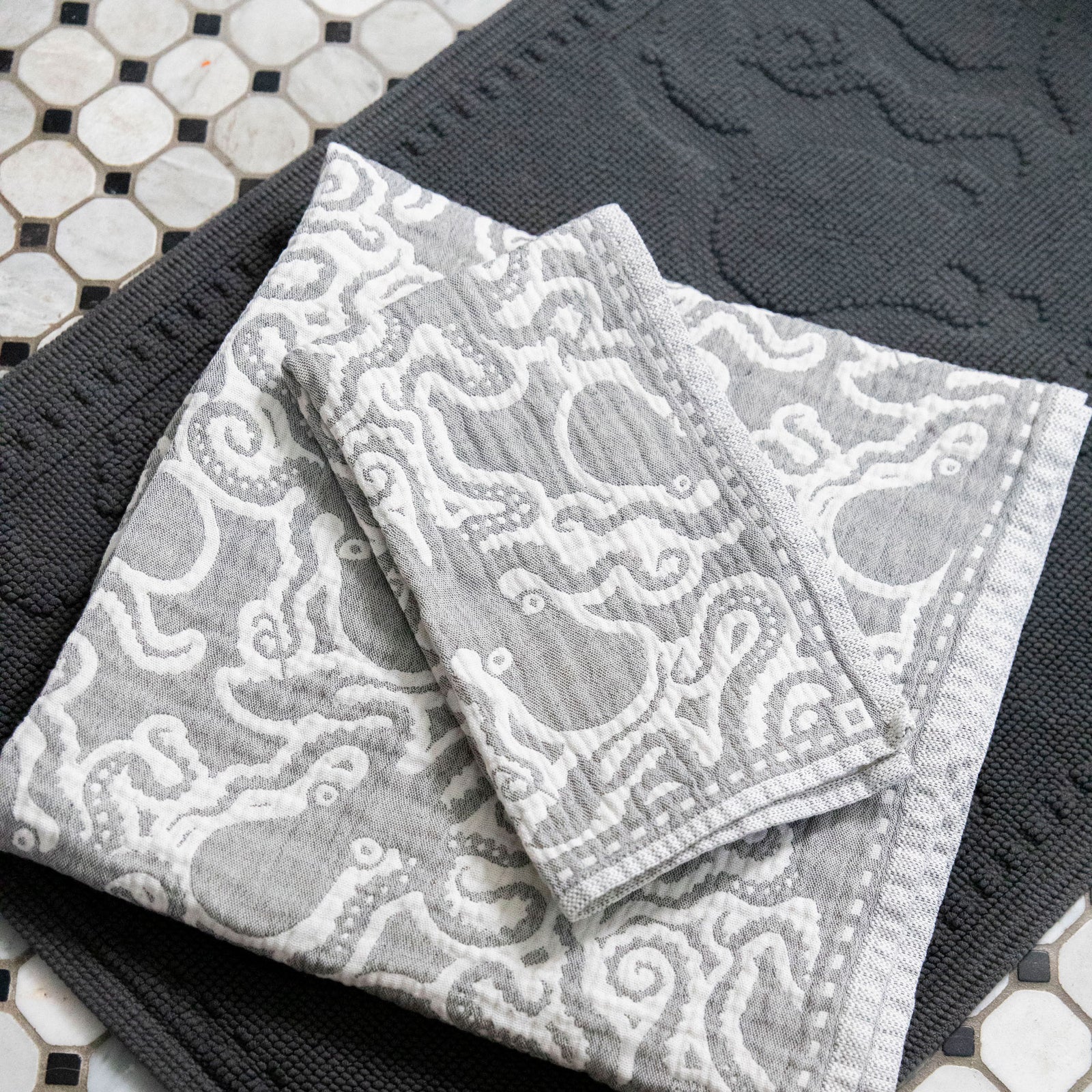
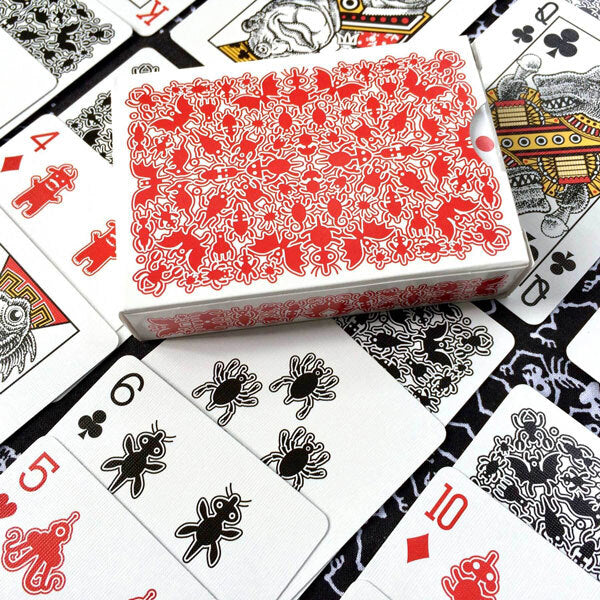



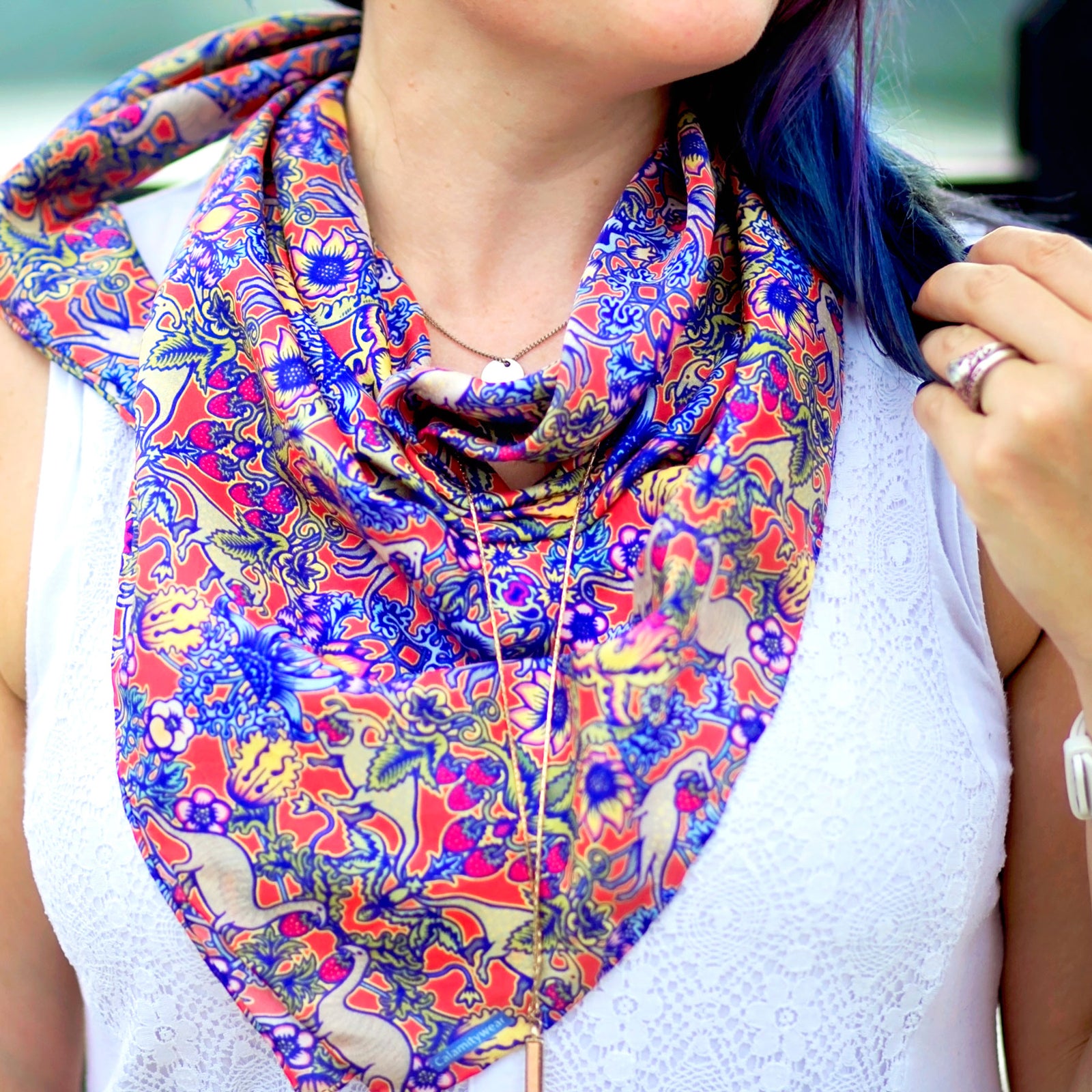
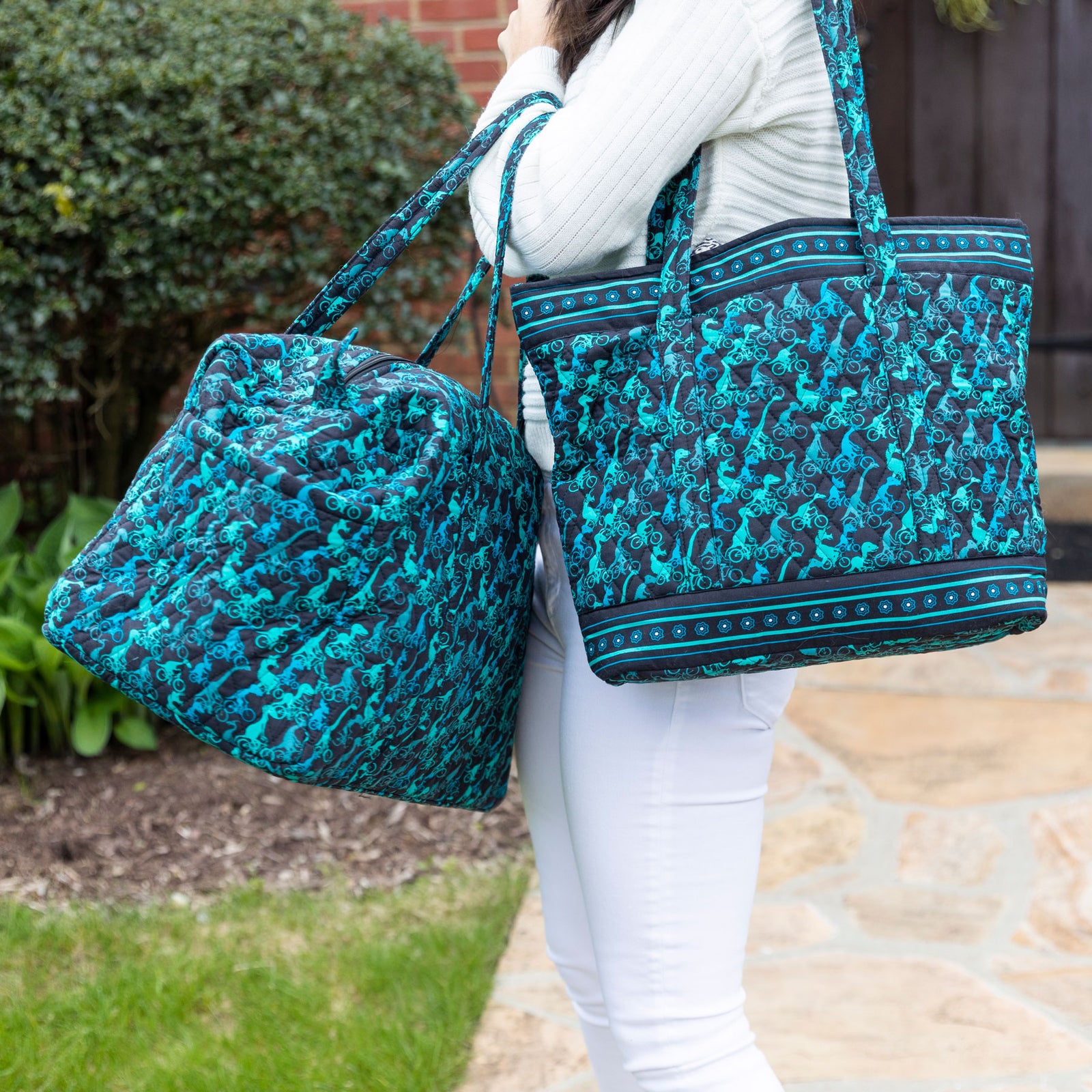
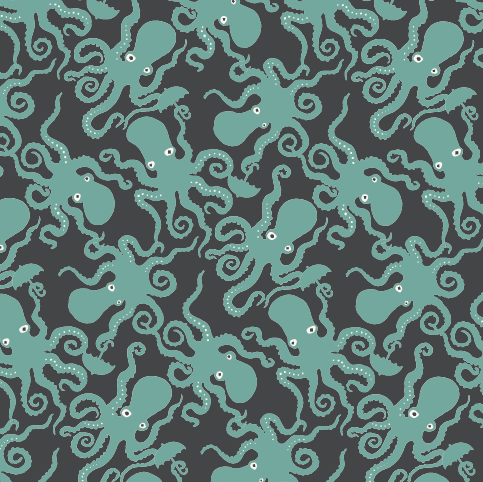
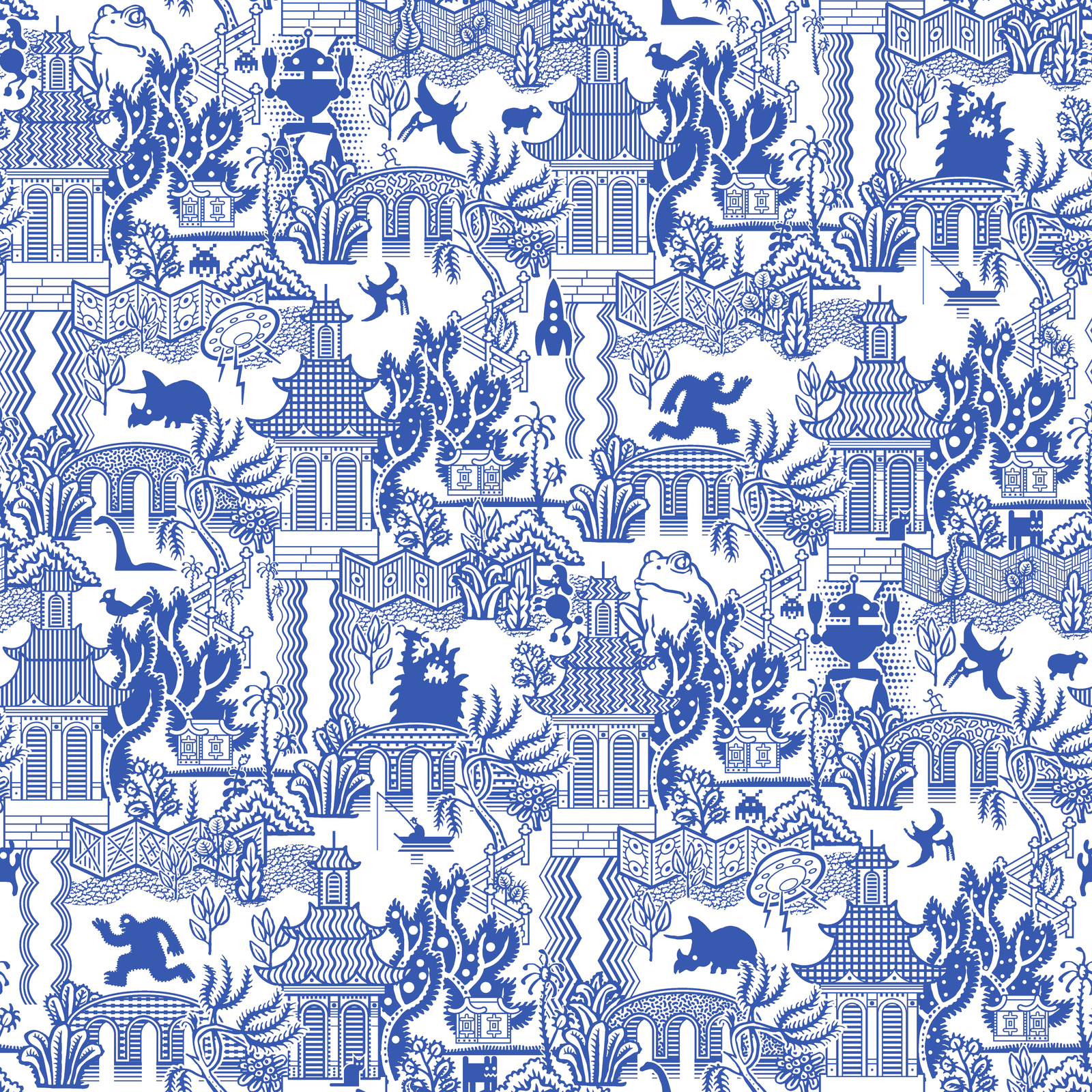
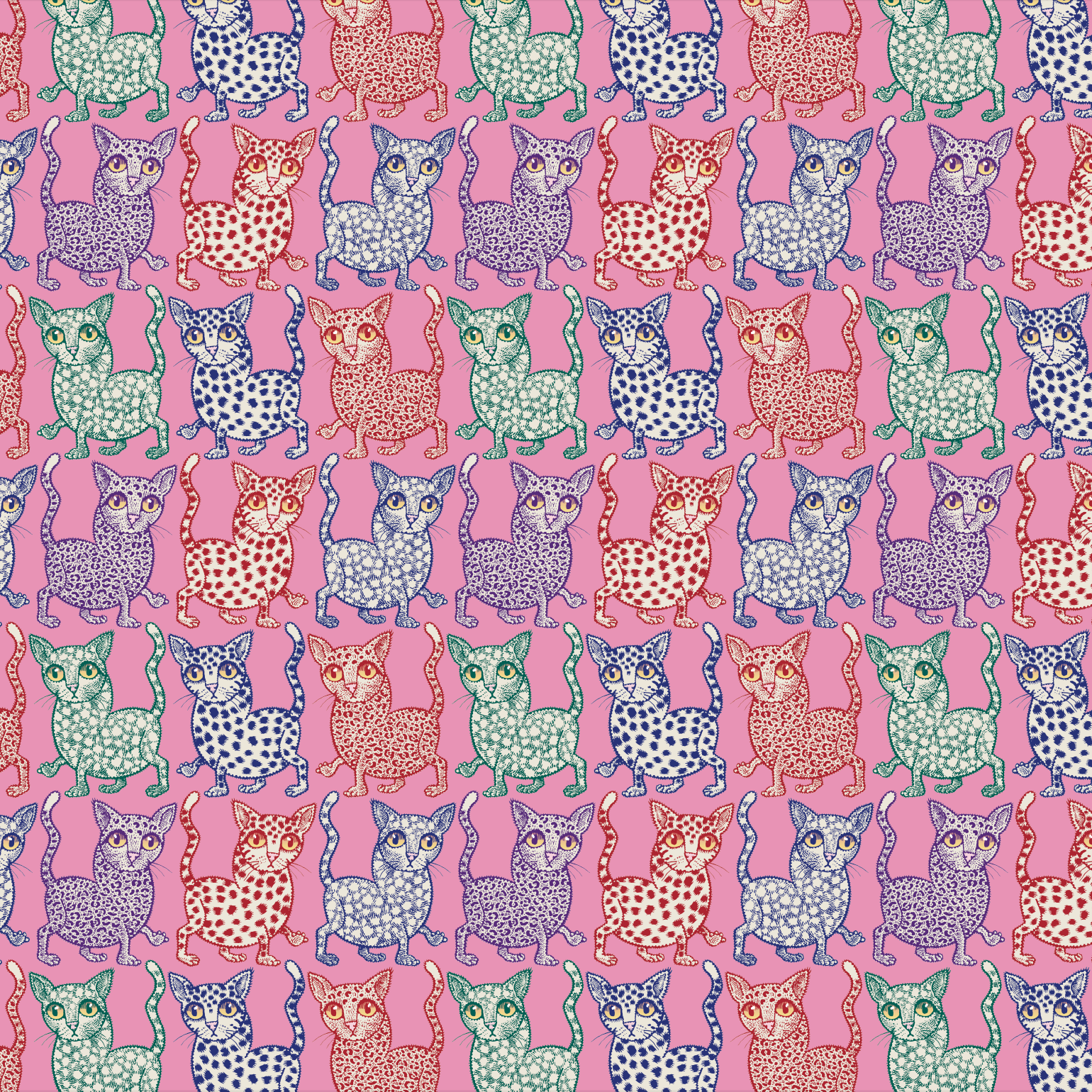

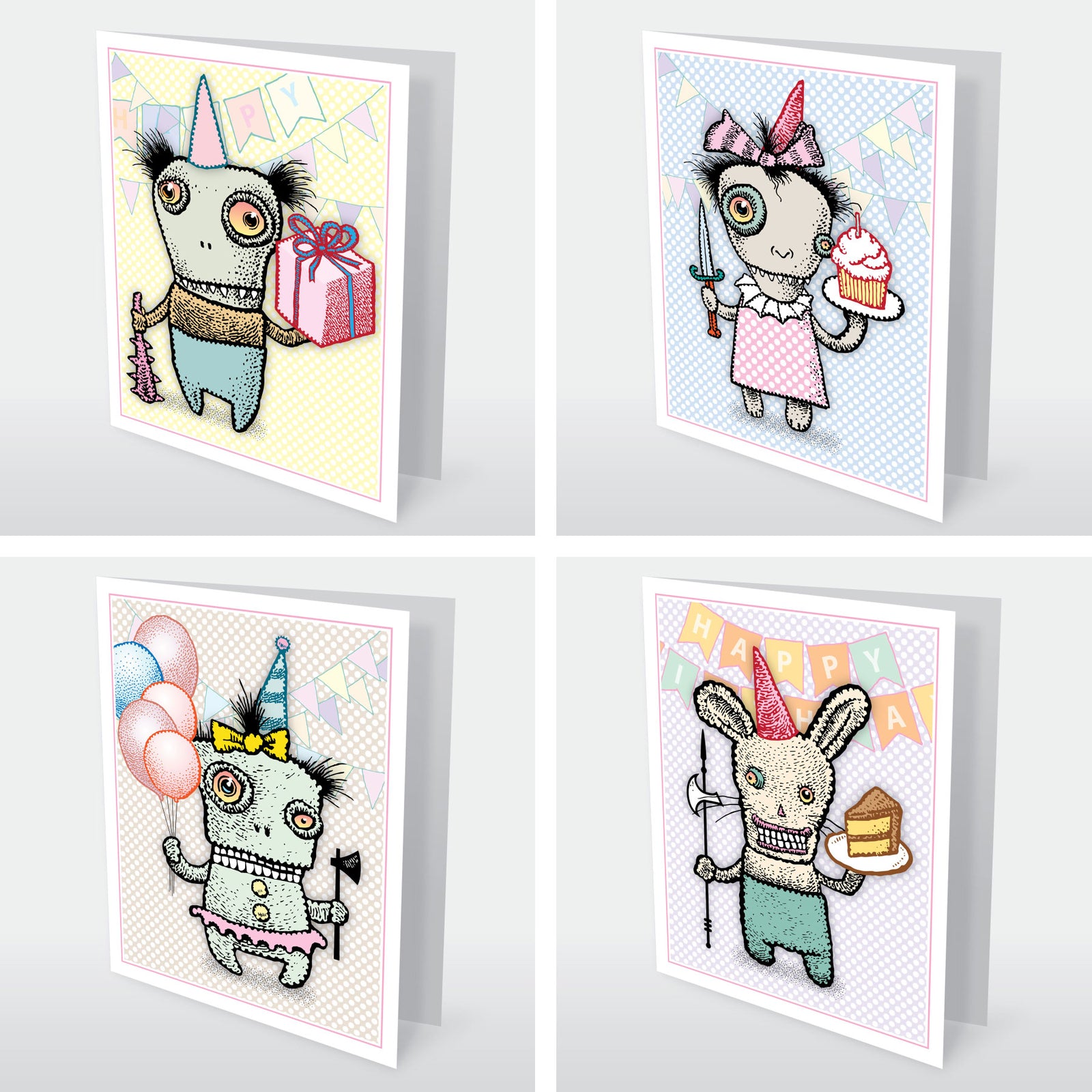
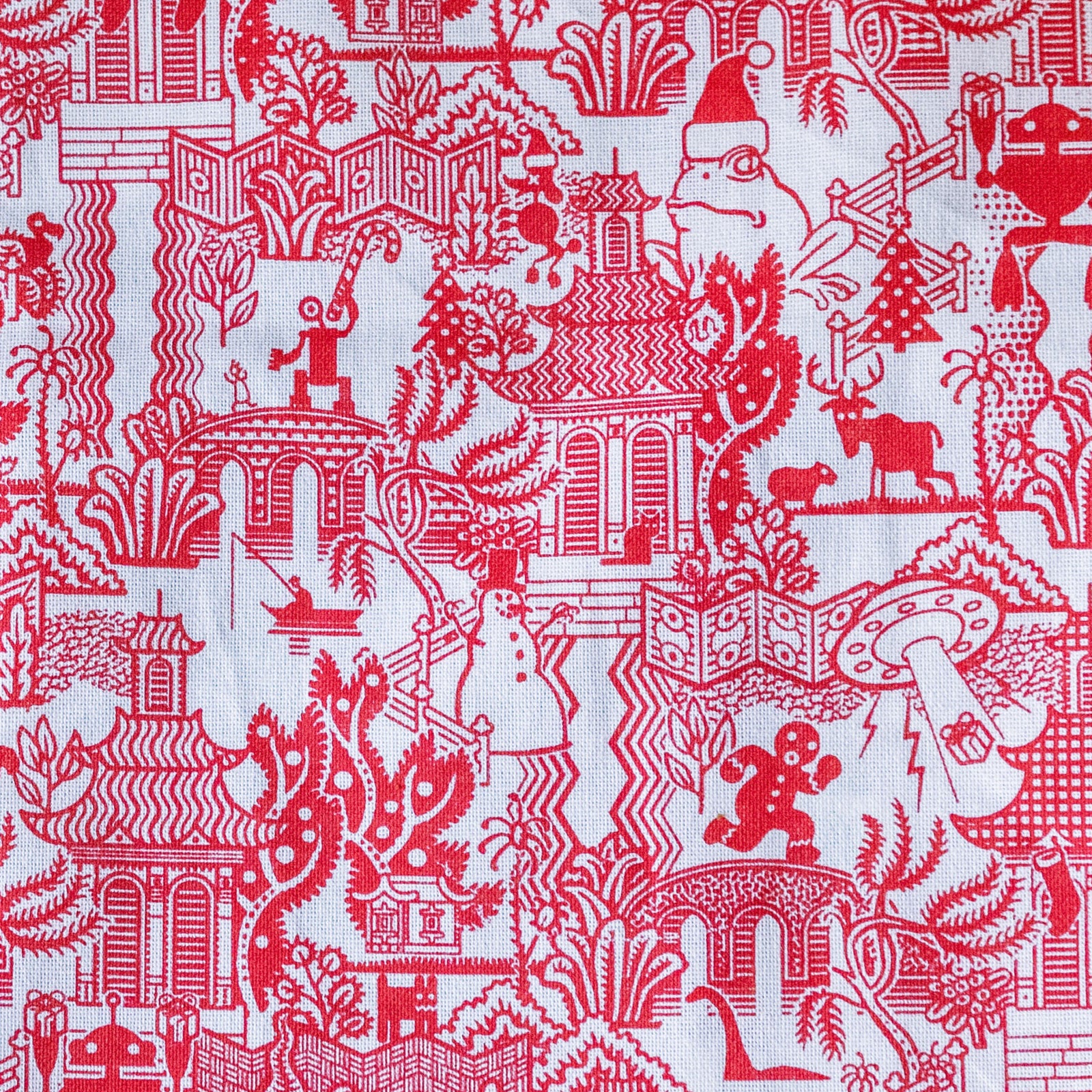
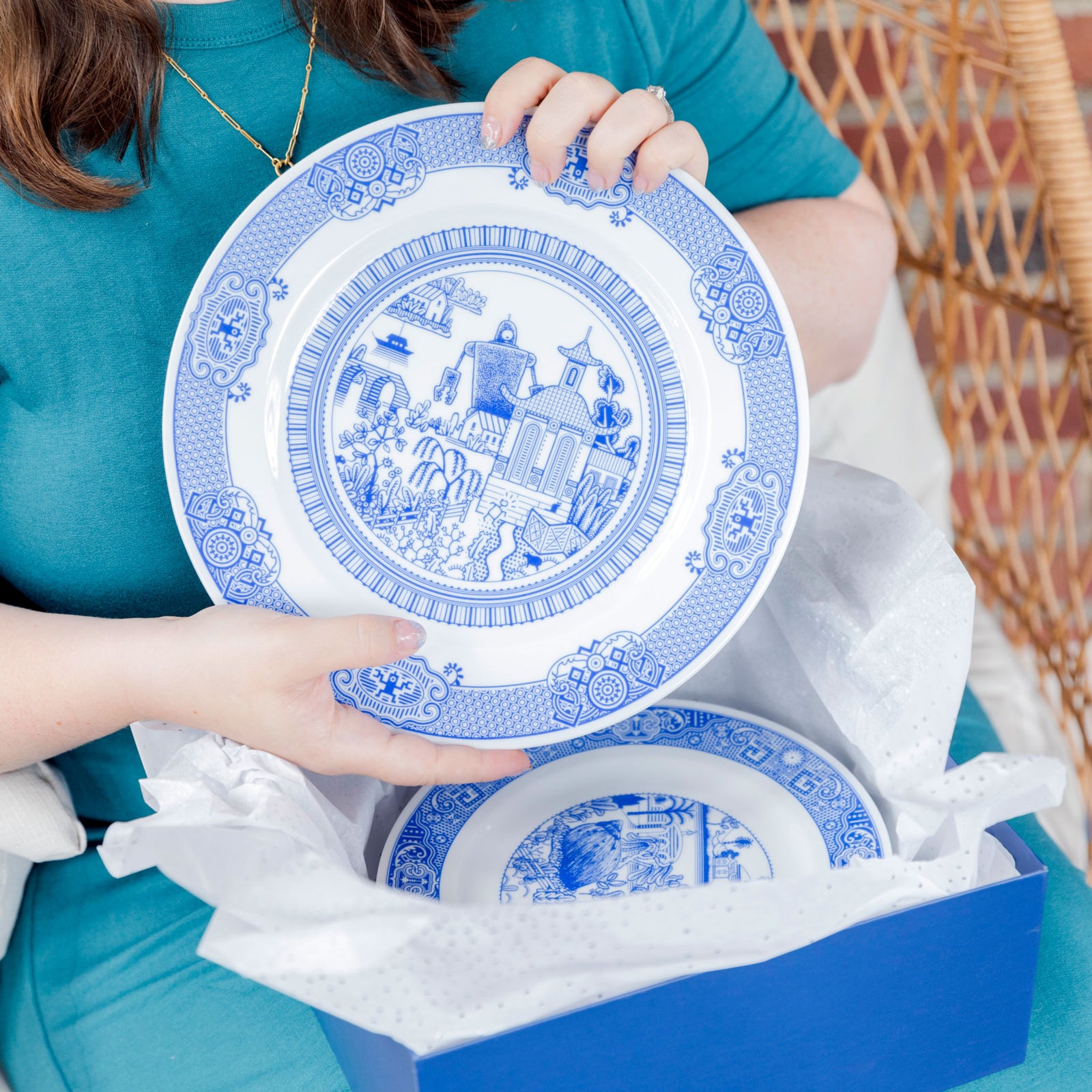
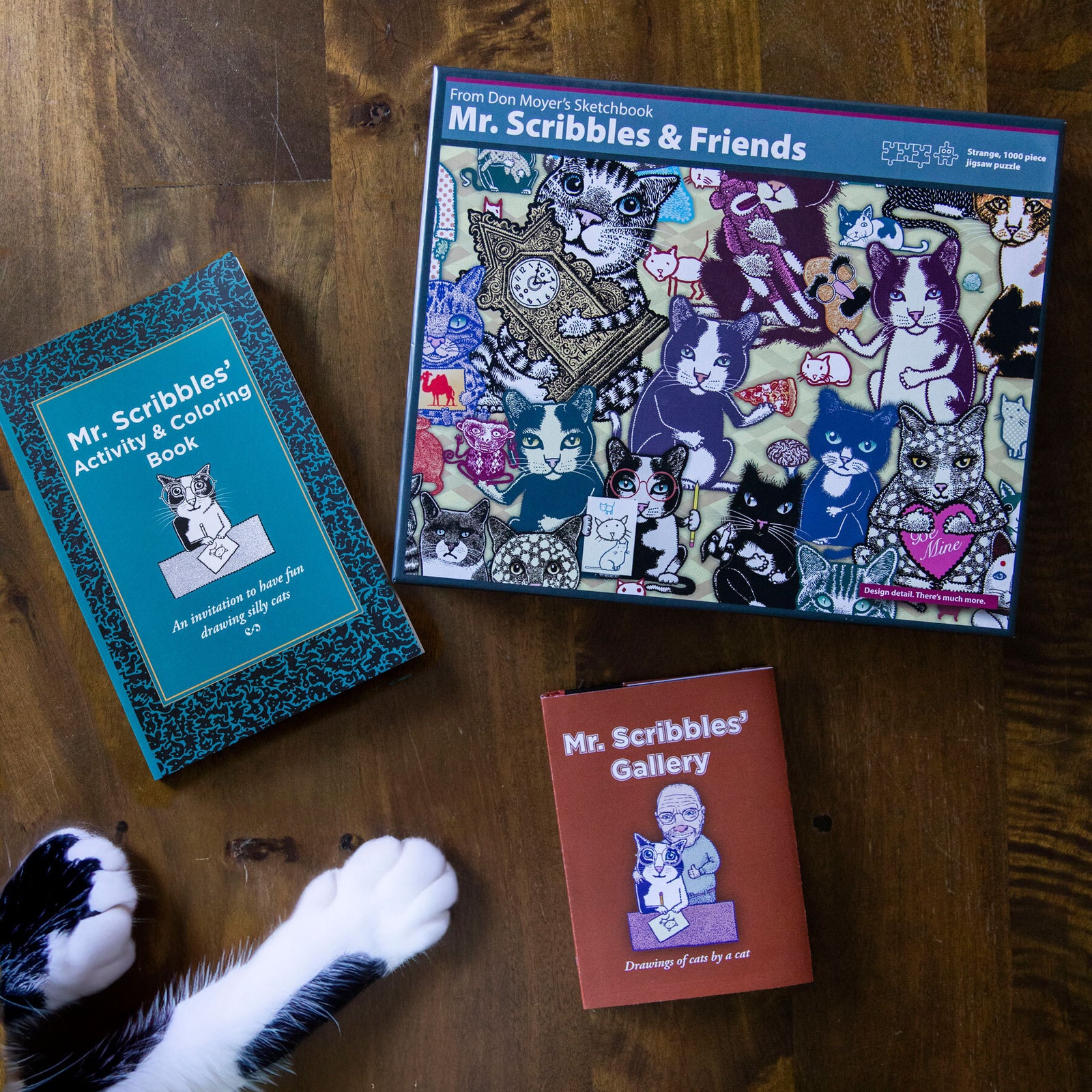

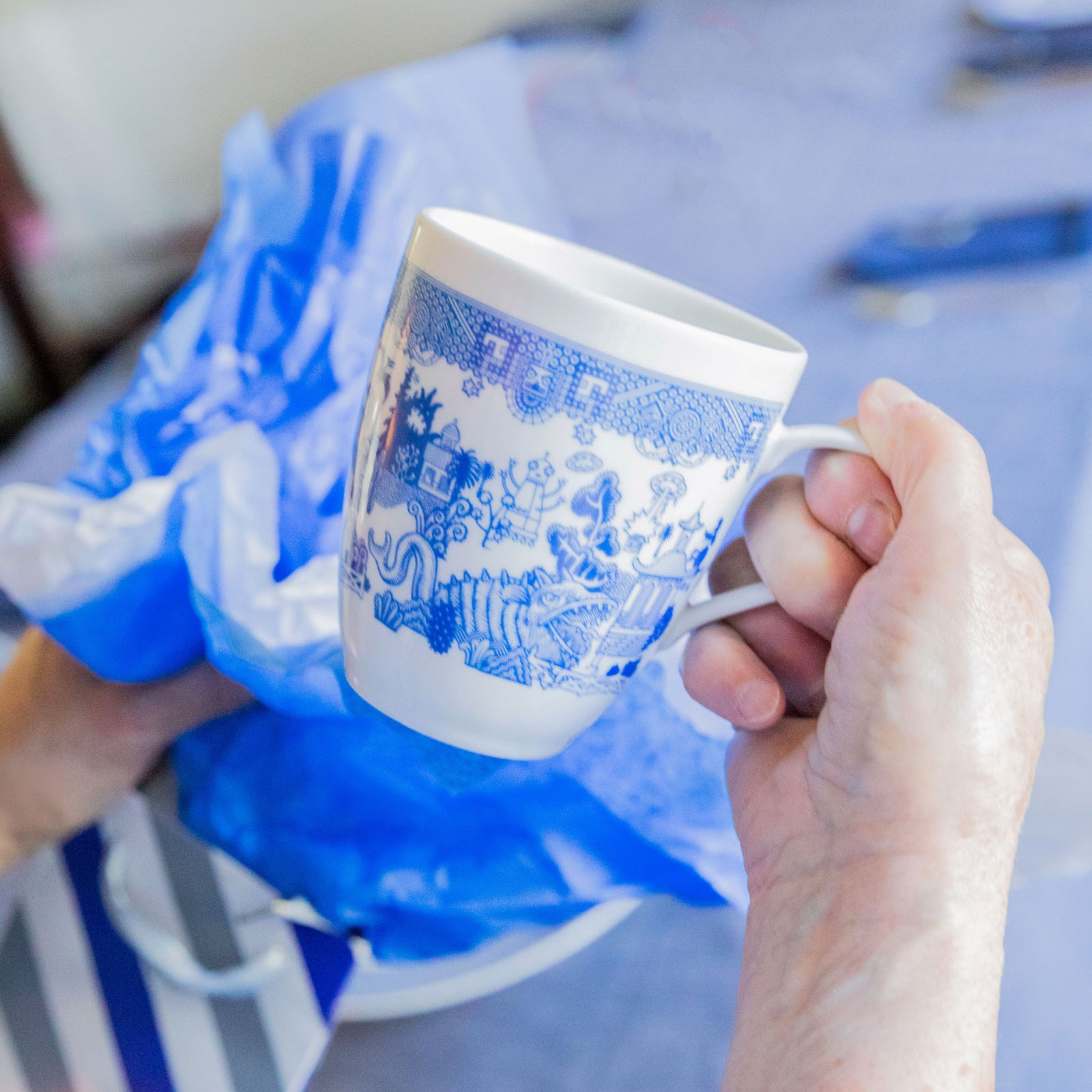
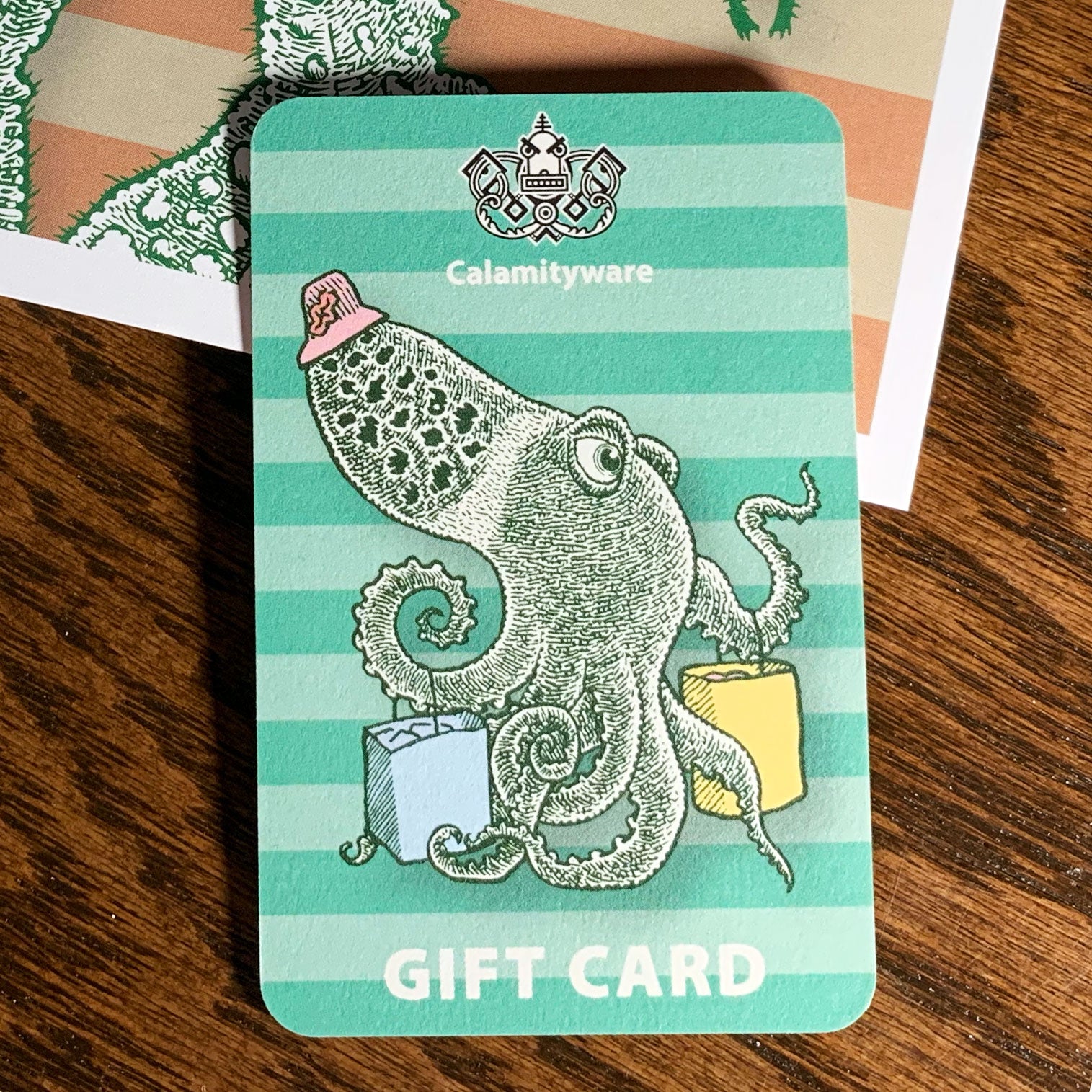

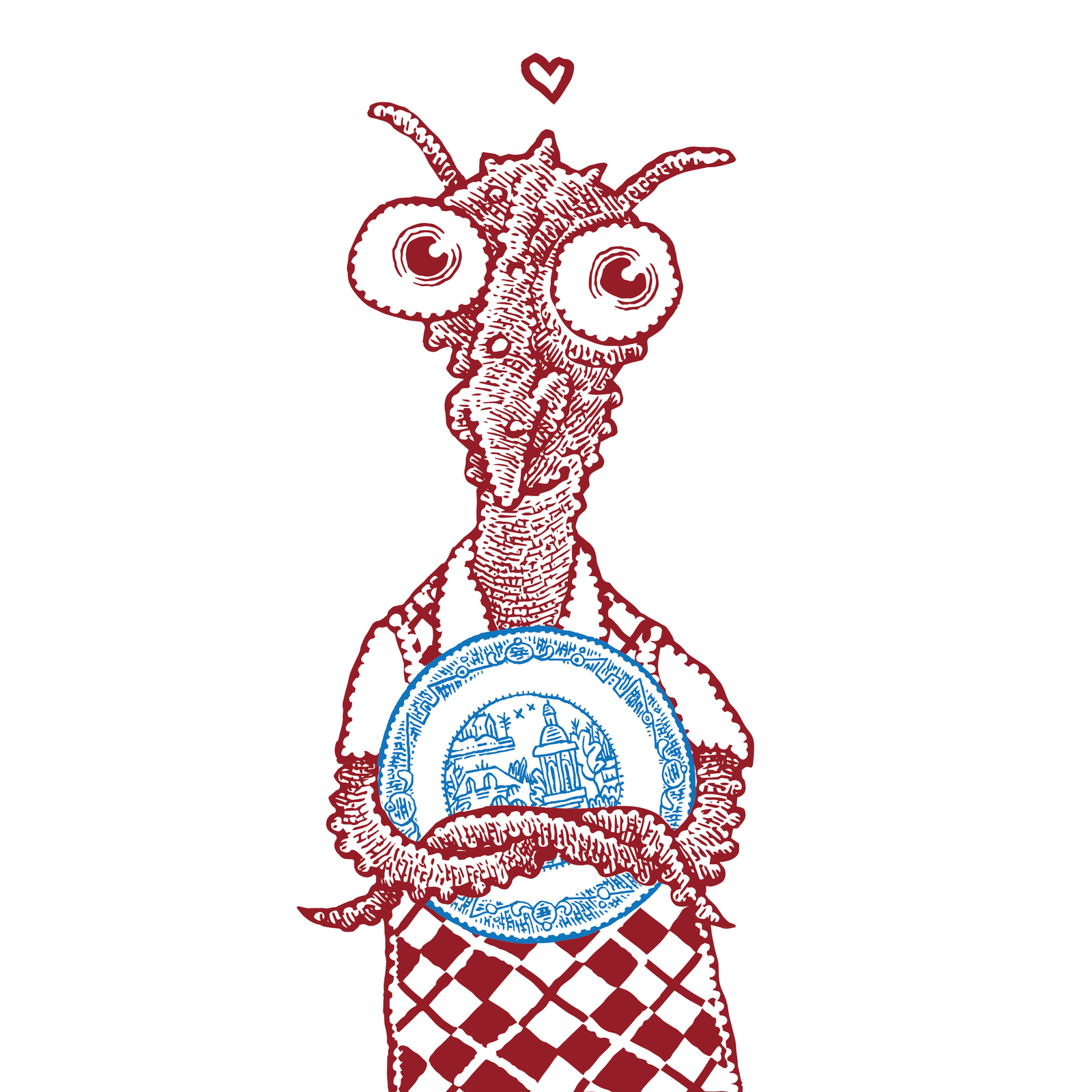

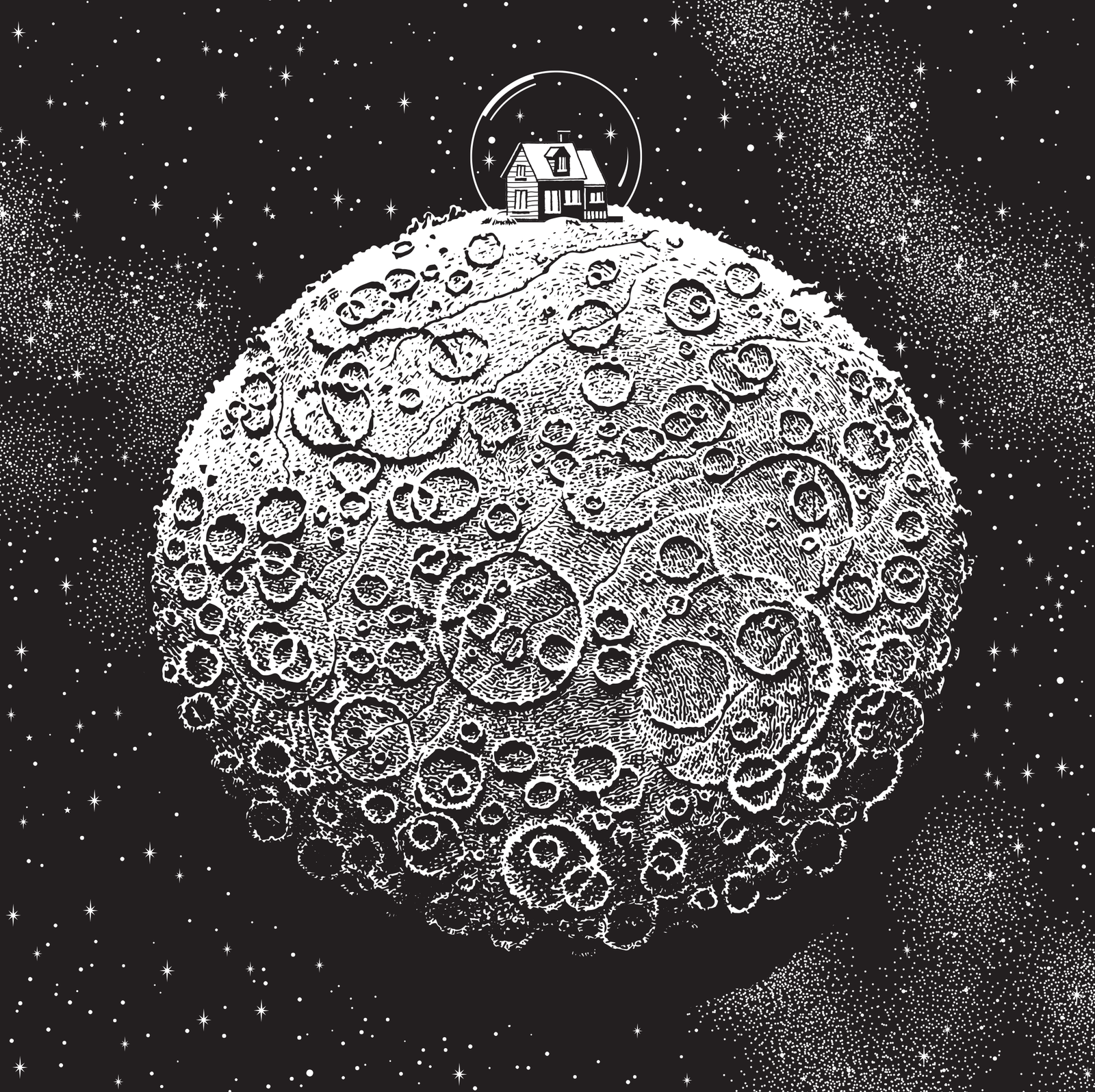
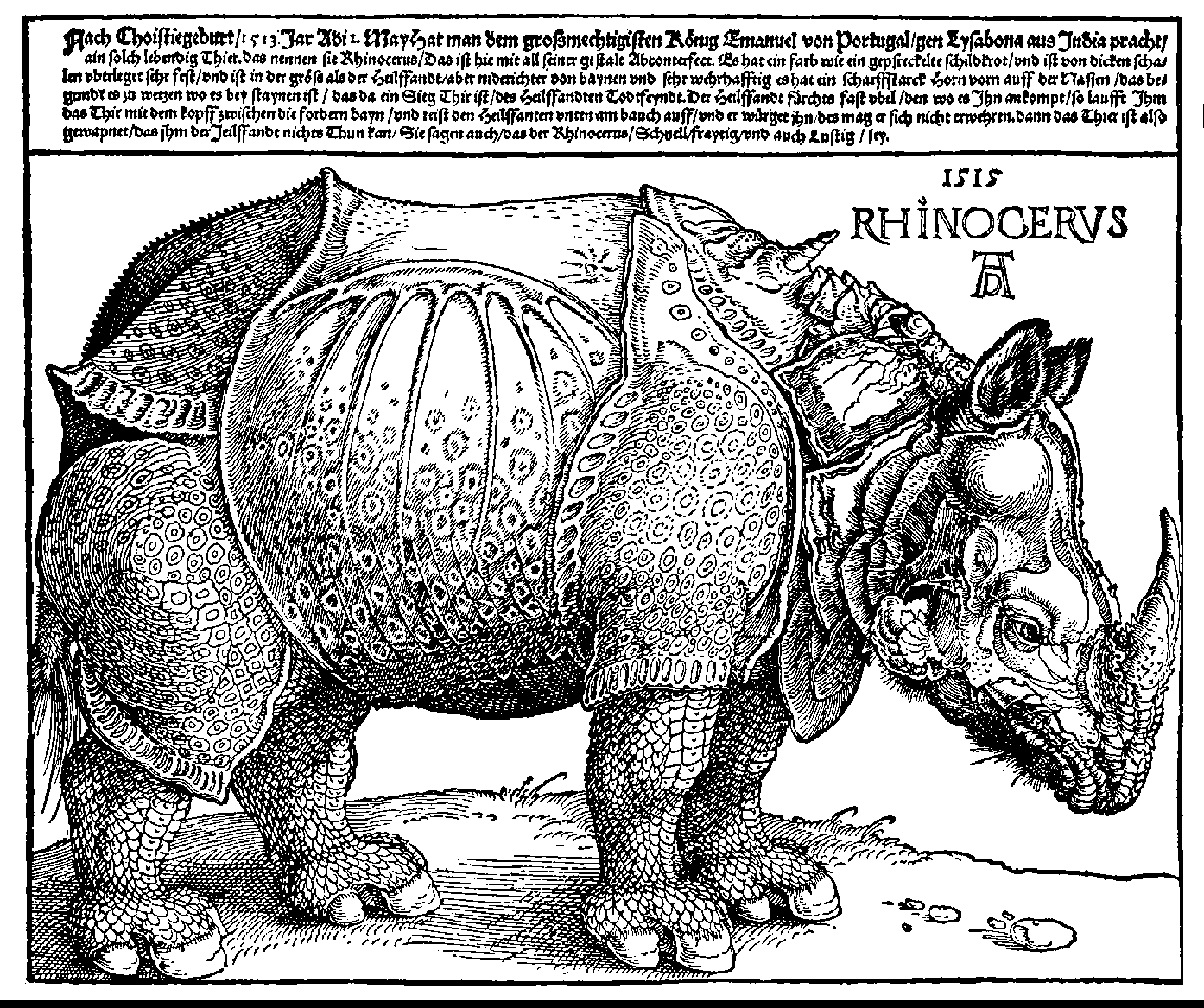
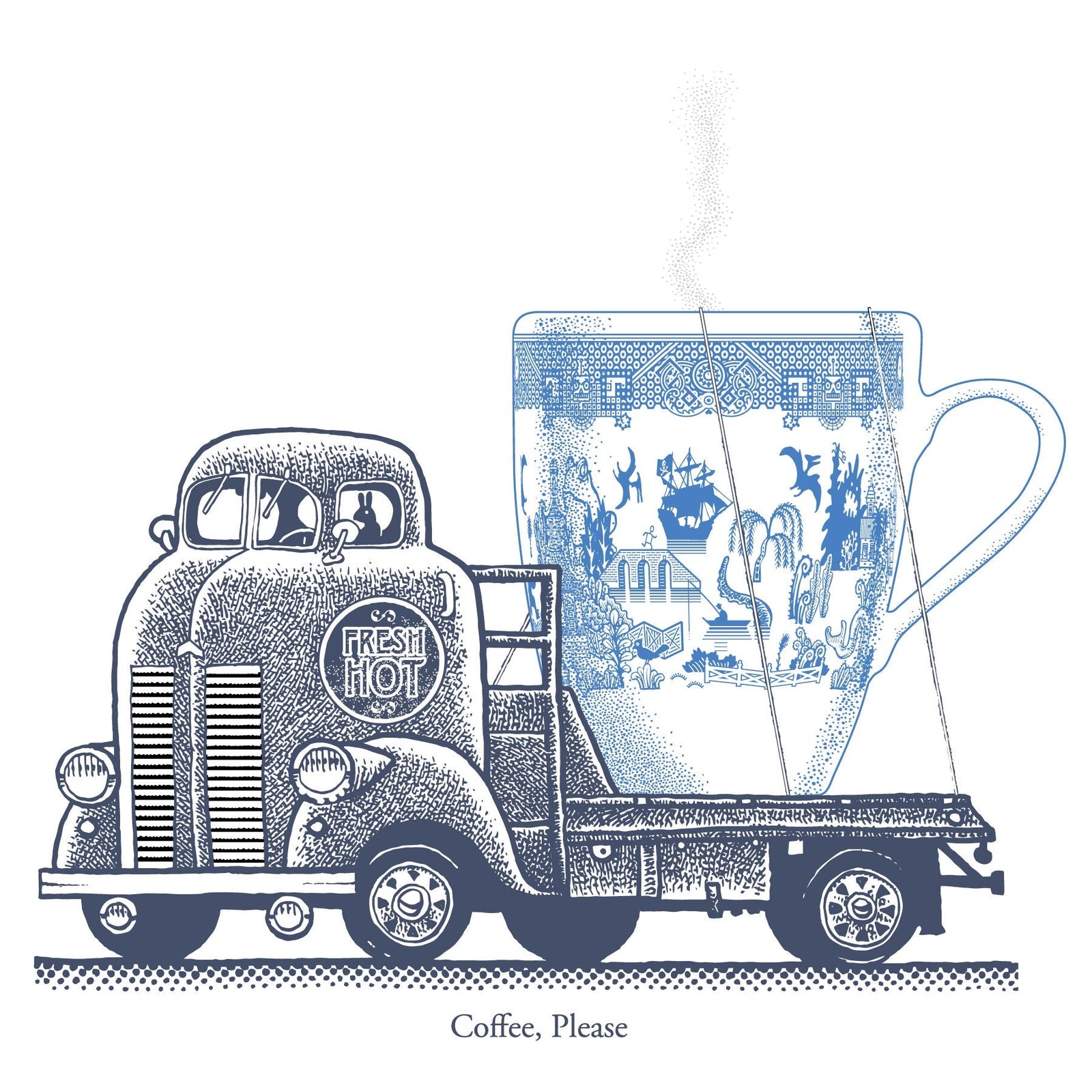

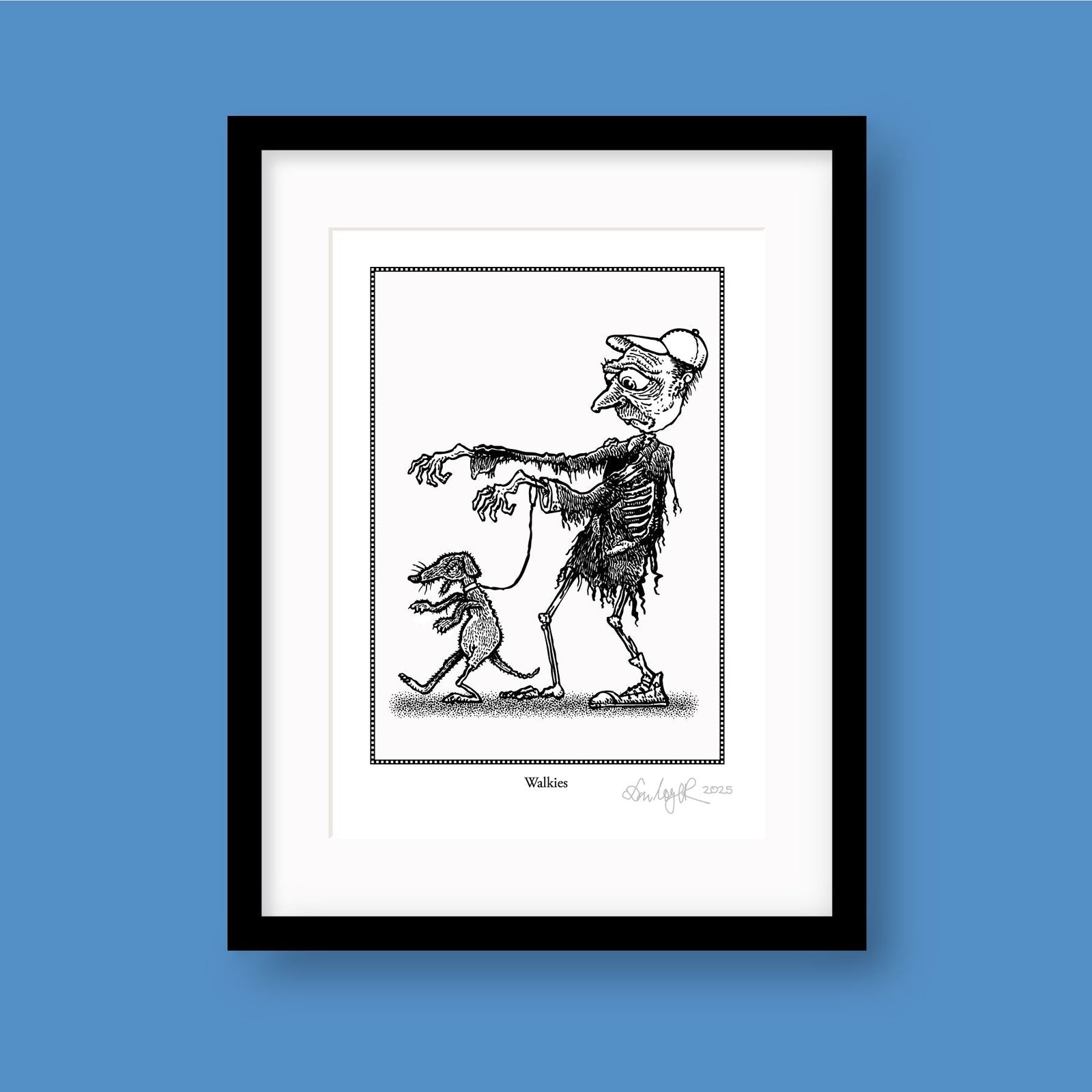
Leave a comment (all fields required)